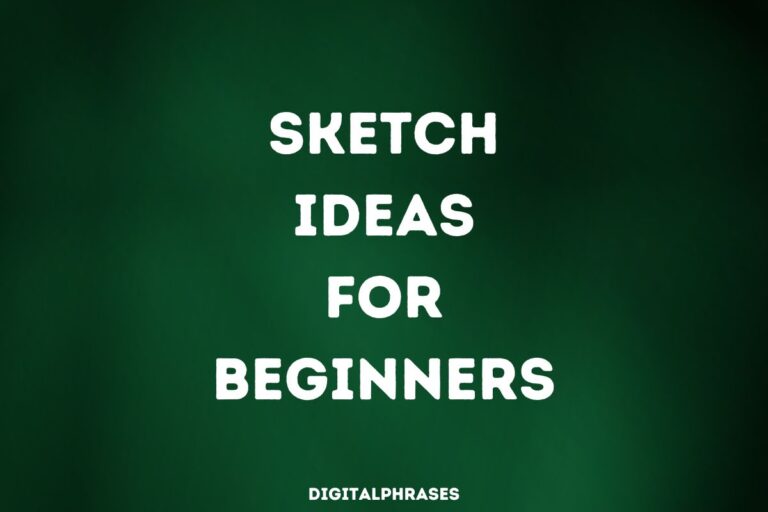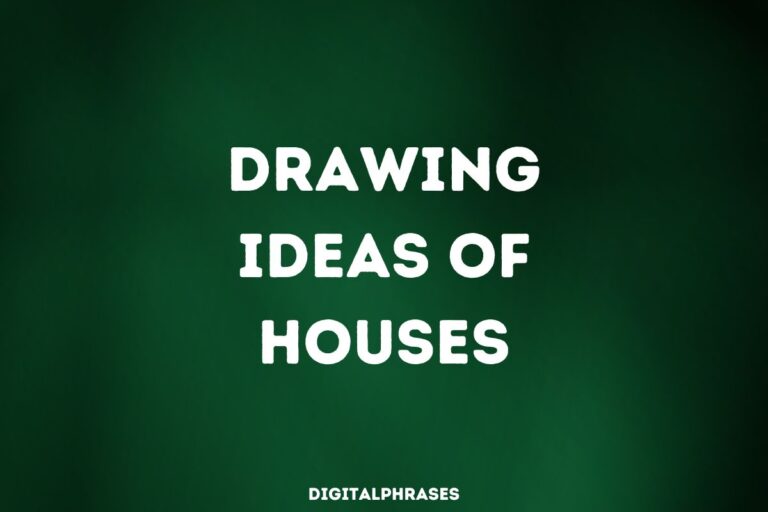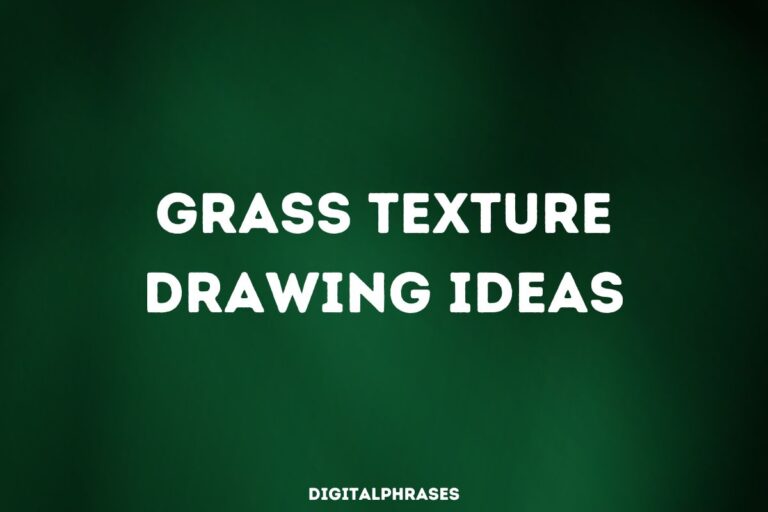72 One Point Perspective Drawing Ideas of Architecture and Buildings
Architecture is the art of turning imagination into reality, creating spaces that inspire, protect, and elevate the human experience.
One-point perspective drawing is an essential tool in this process, allowing artists and architects to convey depth, proportion, and space on a two-dimensional surface.
With a single vanishing point, this technique transforms flat sketches into dynamic representations of buildings and structures.
In this blog, we’ll explore some captivating one-point perspective drawing ideas, each designed to challenge your creativity and enhance your artistic skills.
Let’s go.
One Point Perspective Drawing Ideas of Architecture and Buildings
City Street View
1
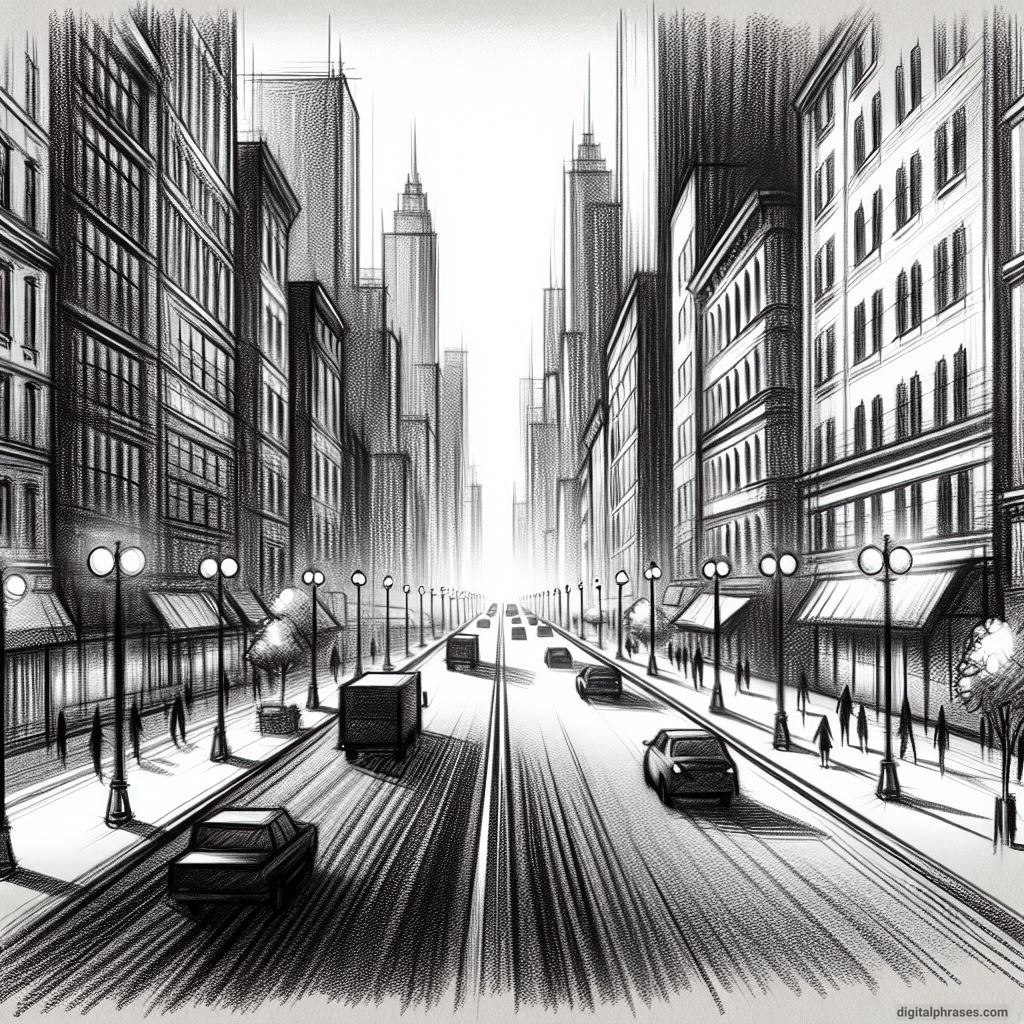
2
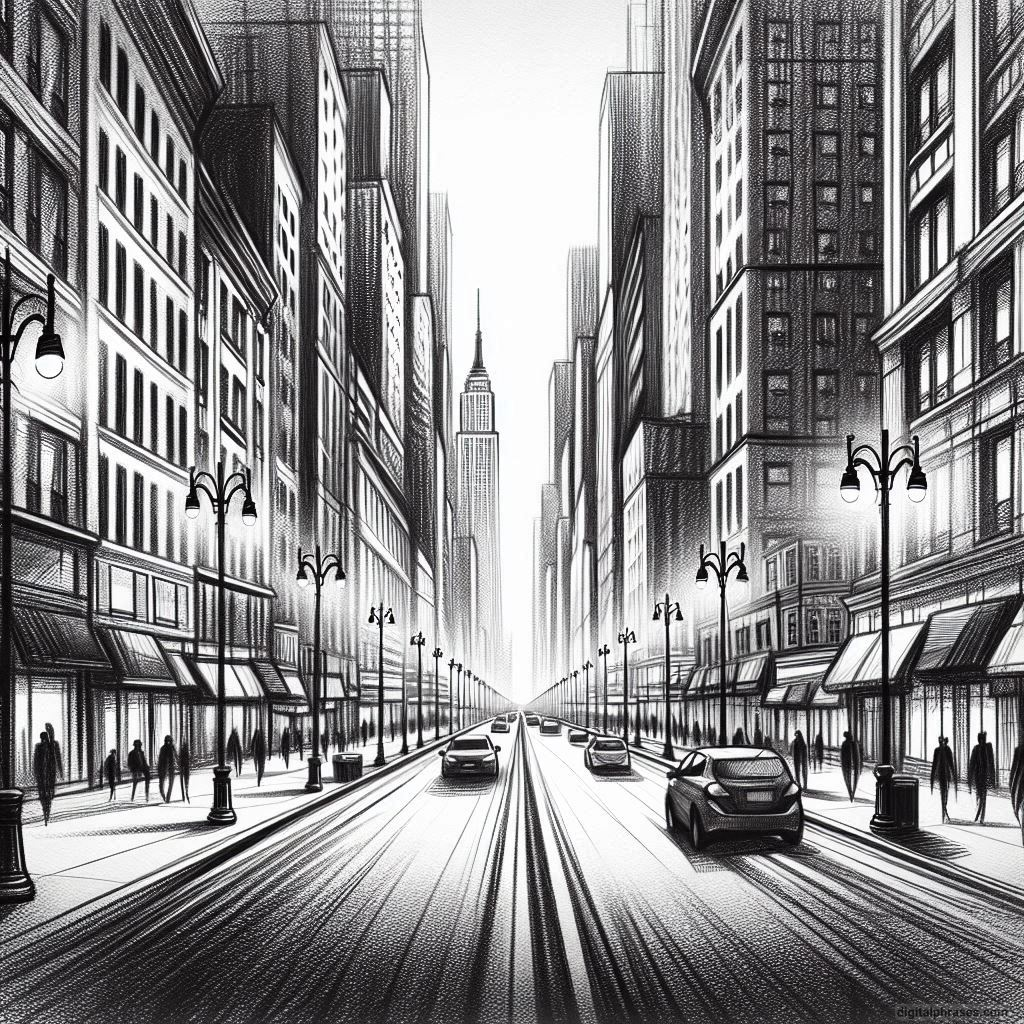
3
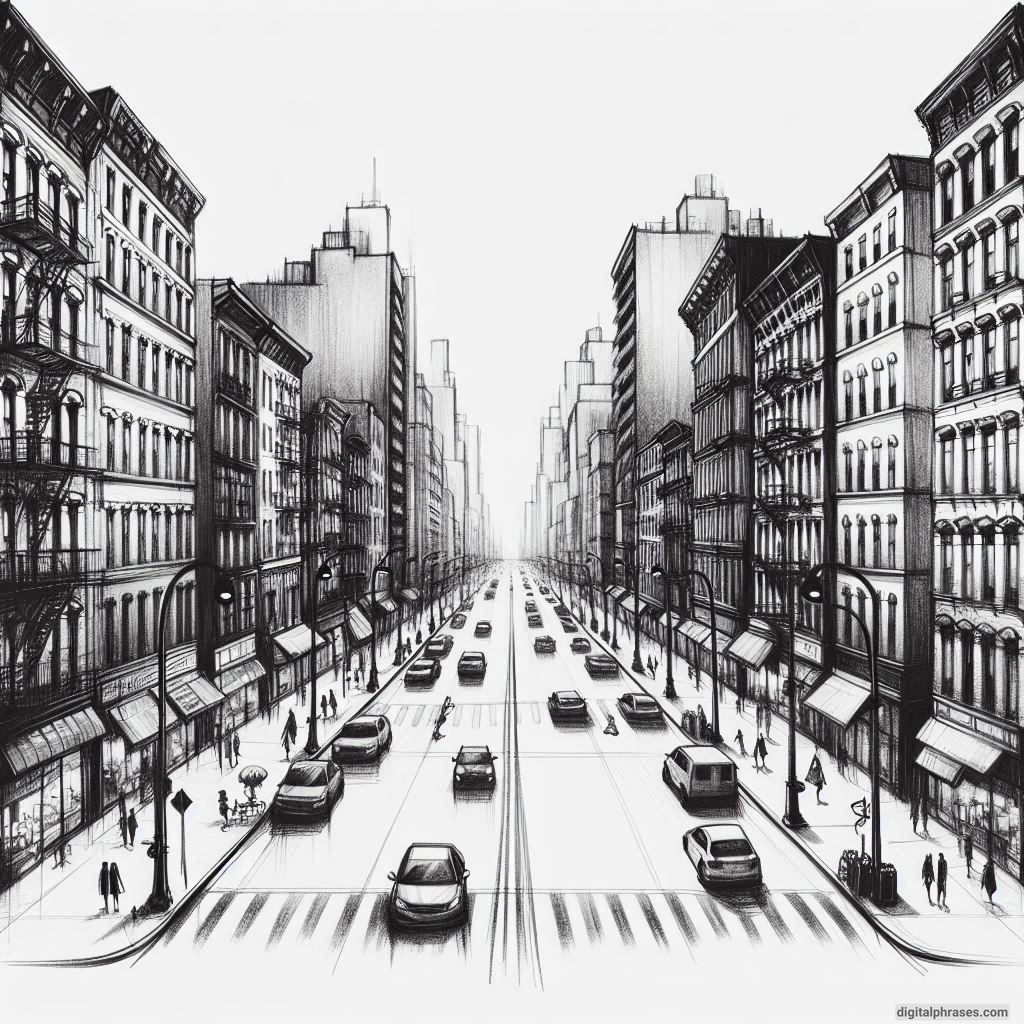
4
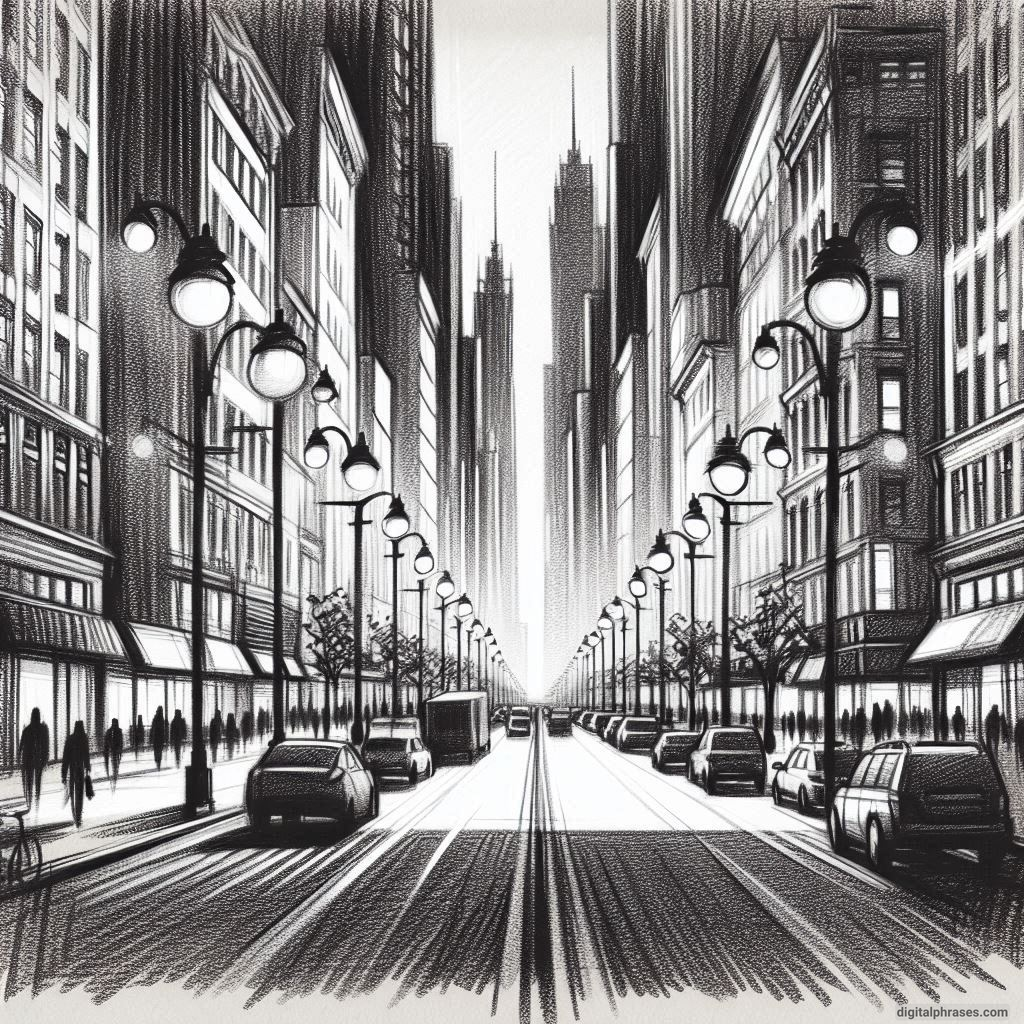
5
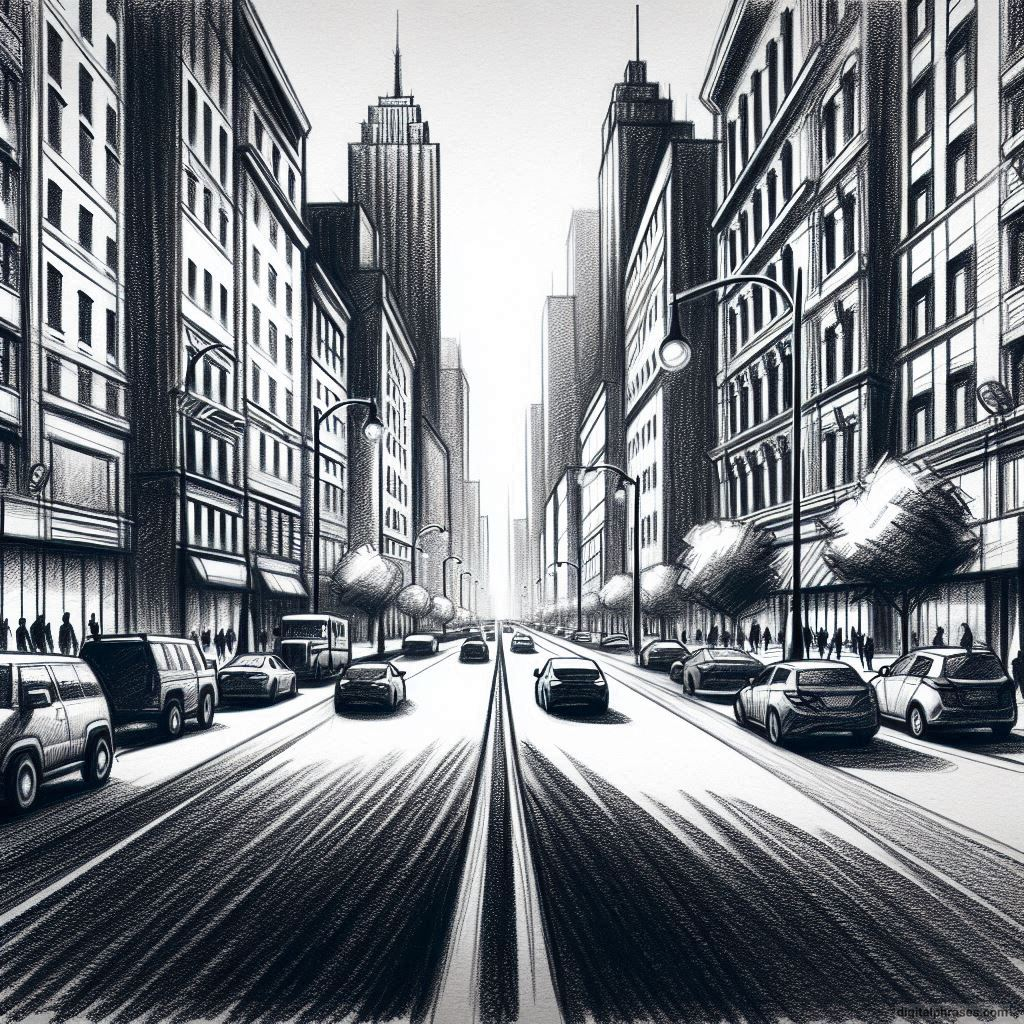
6
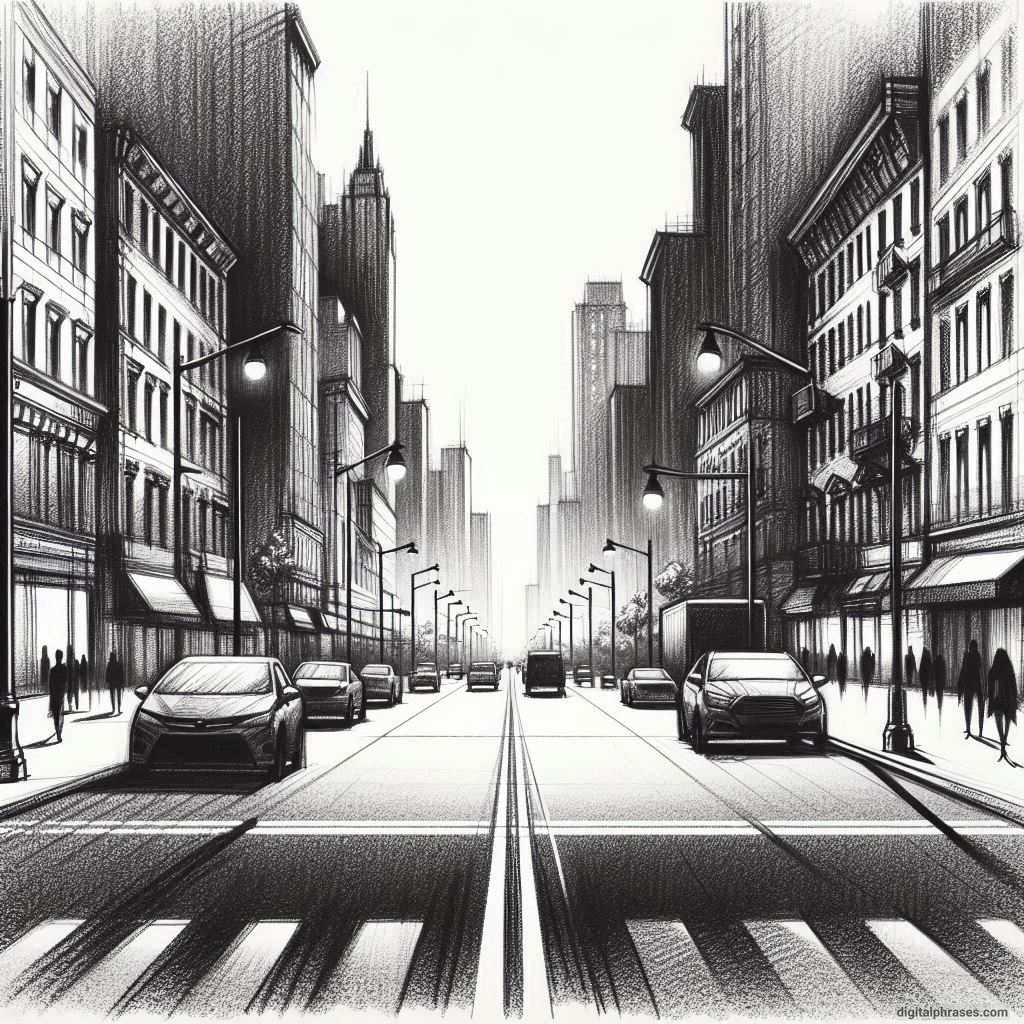
Interior of a Hallway
1
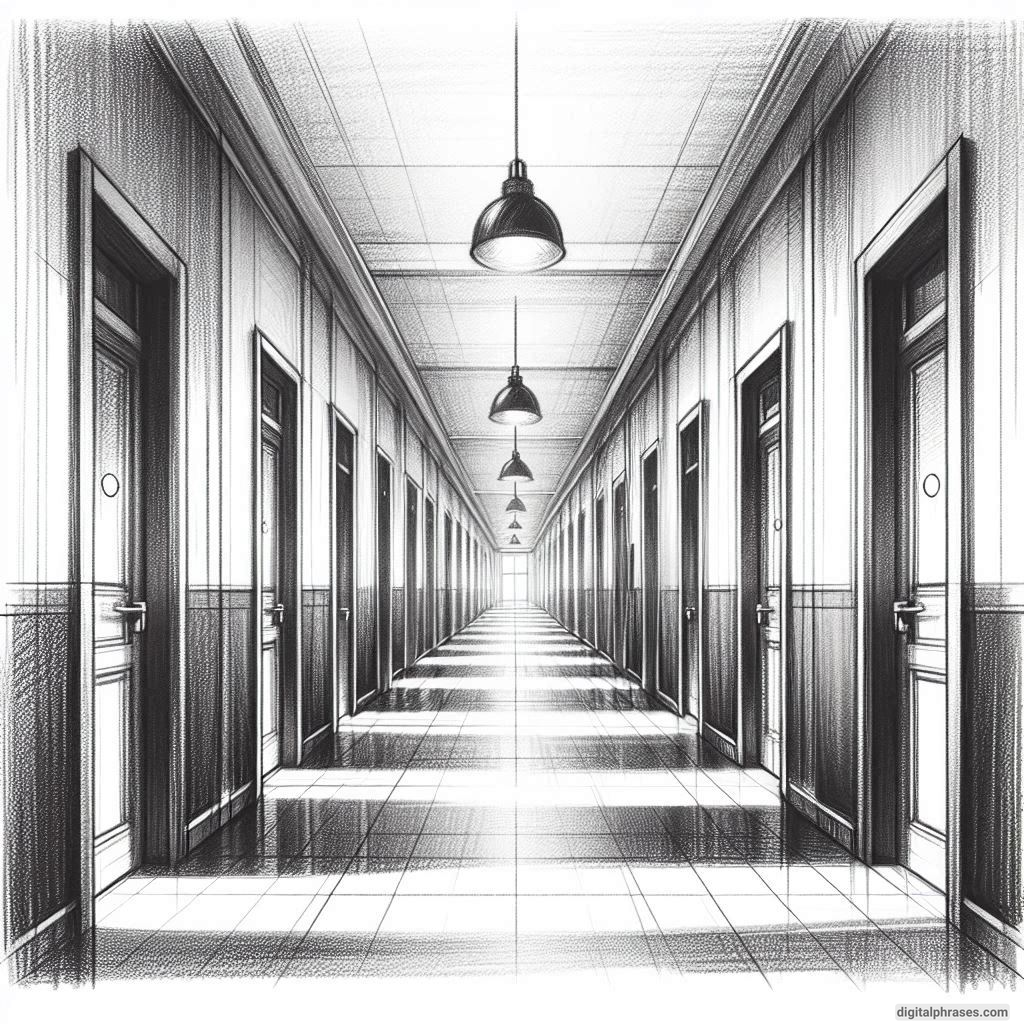
2
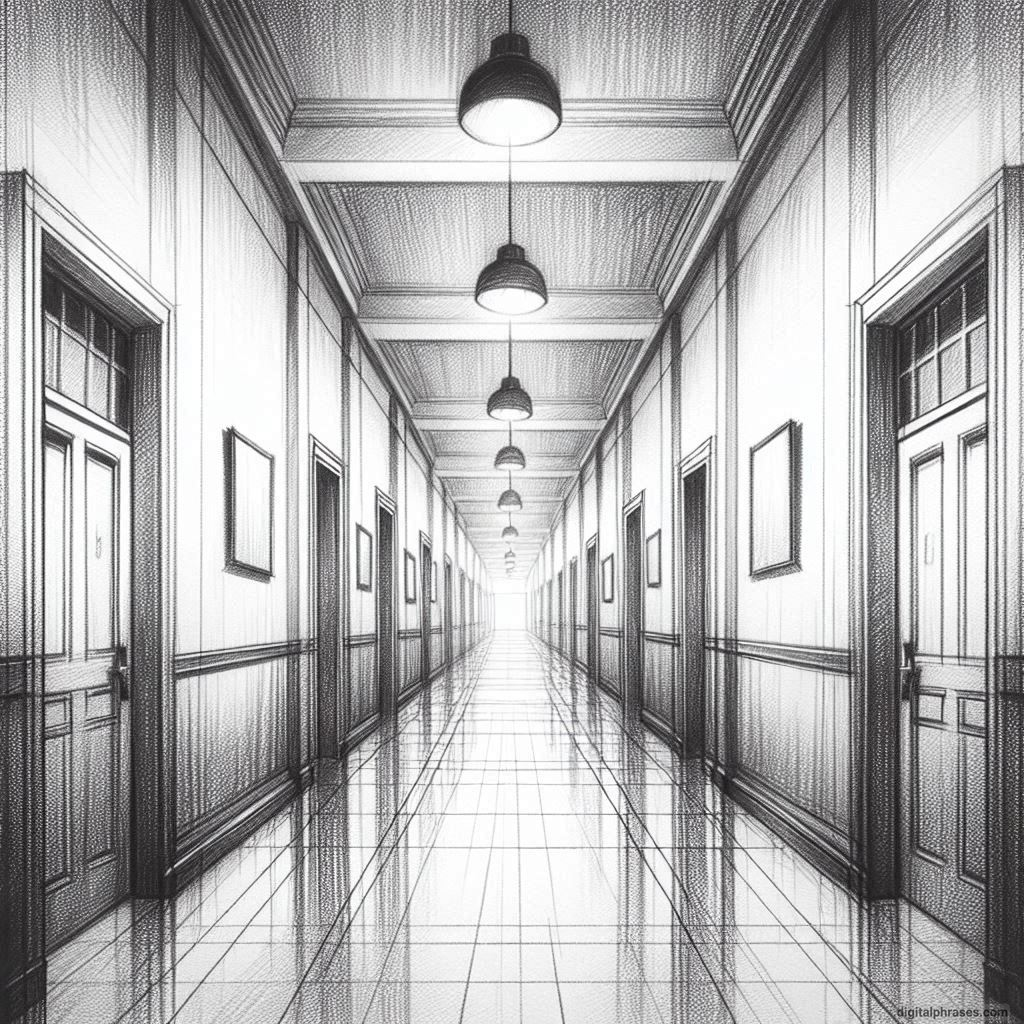
3
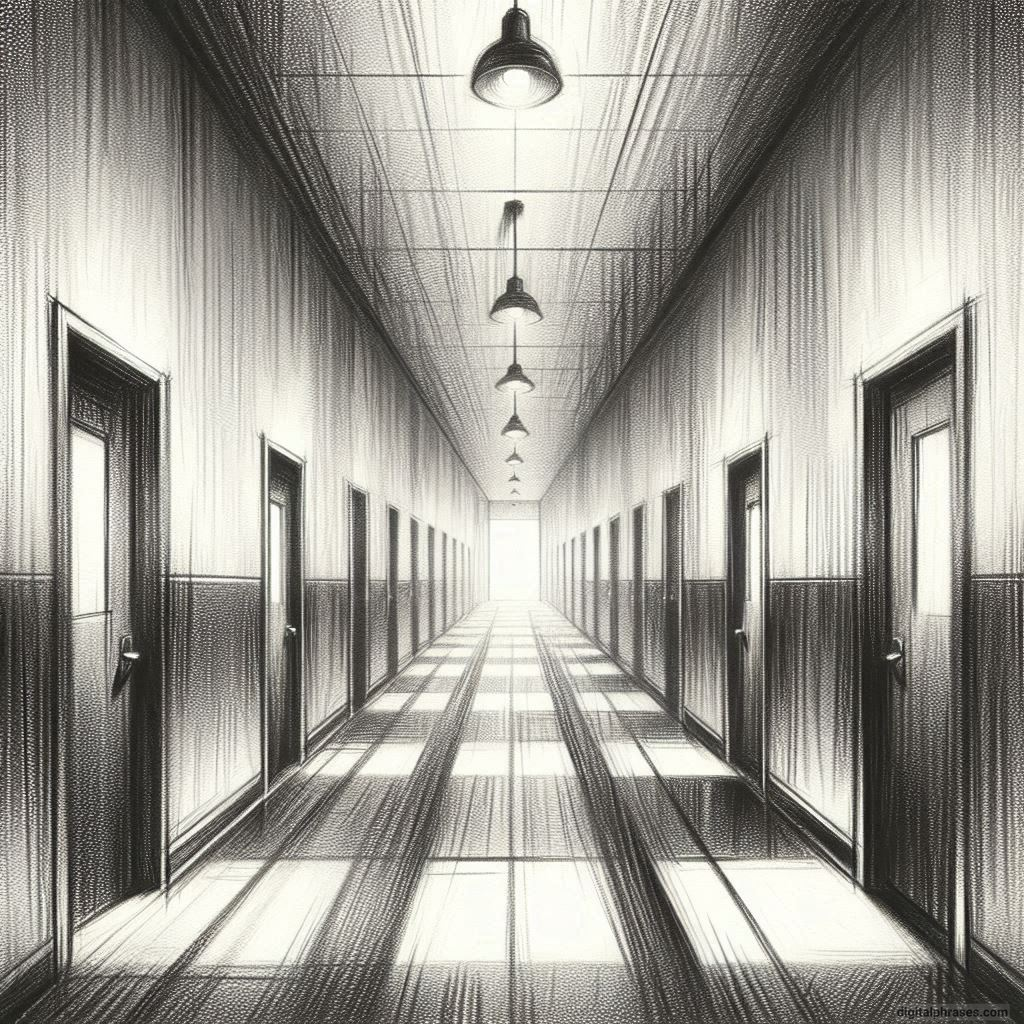
4
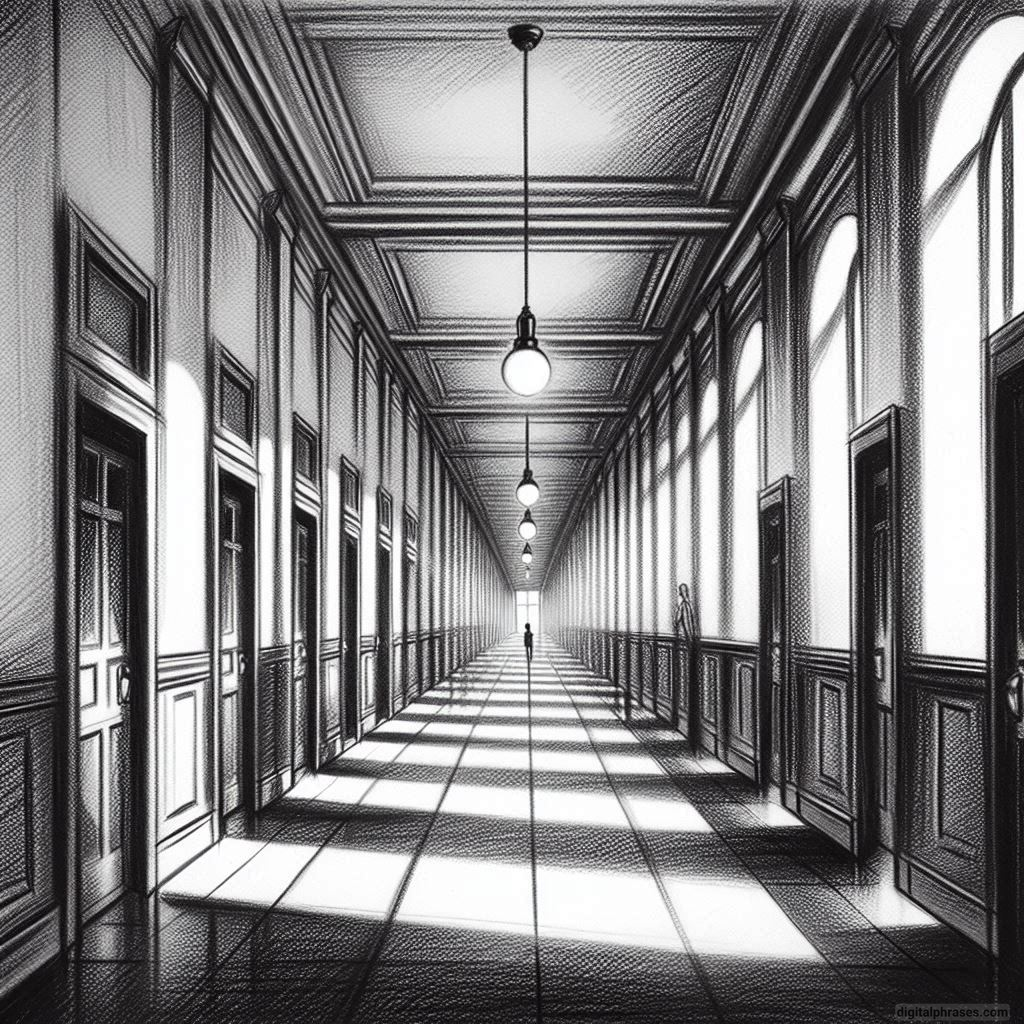
5
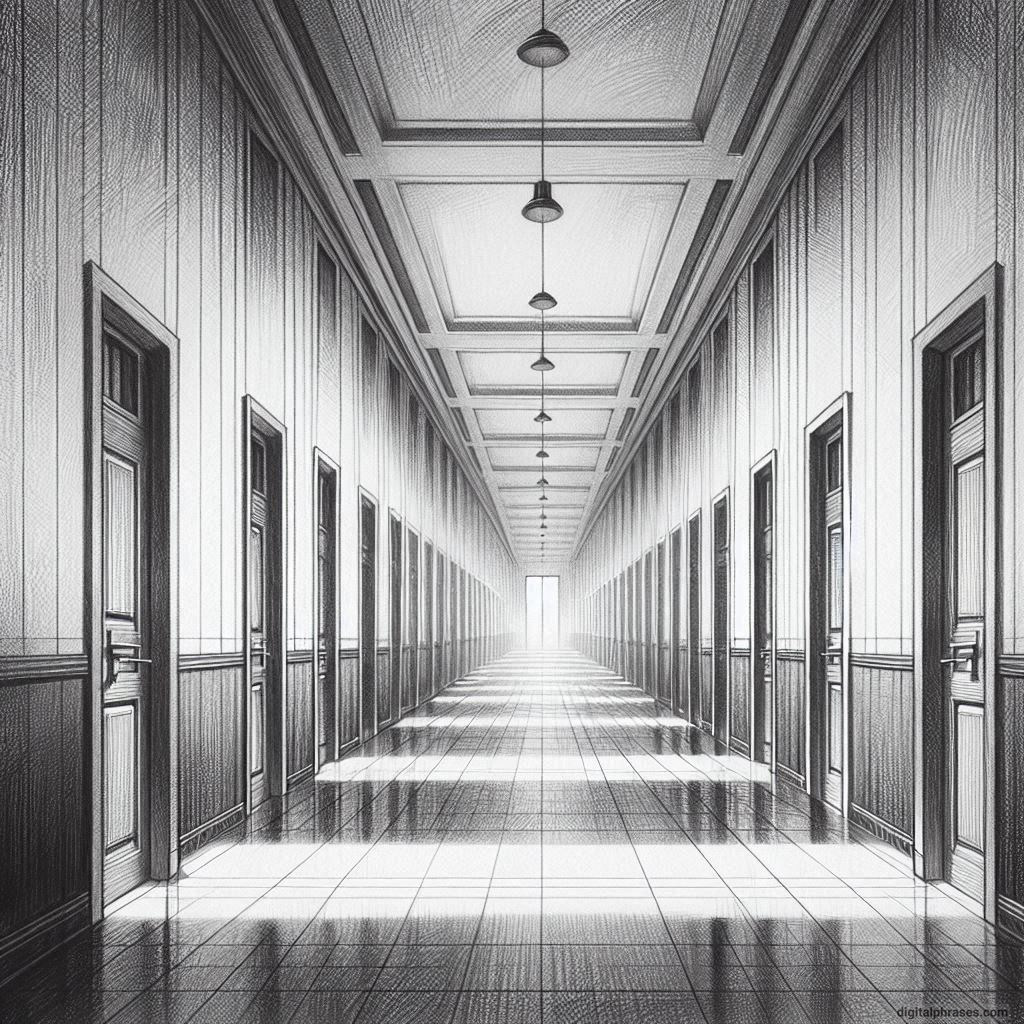
6

Bridge or Tunnel
1
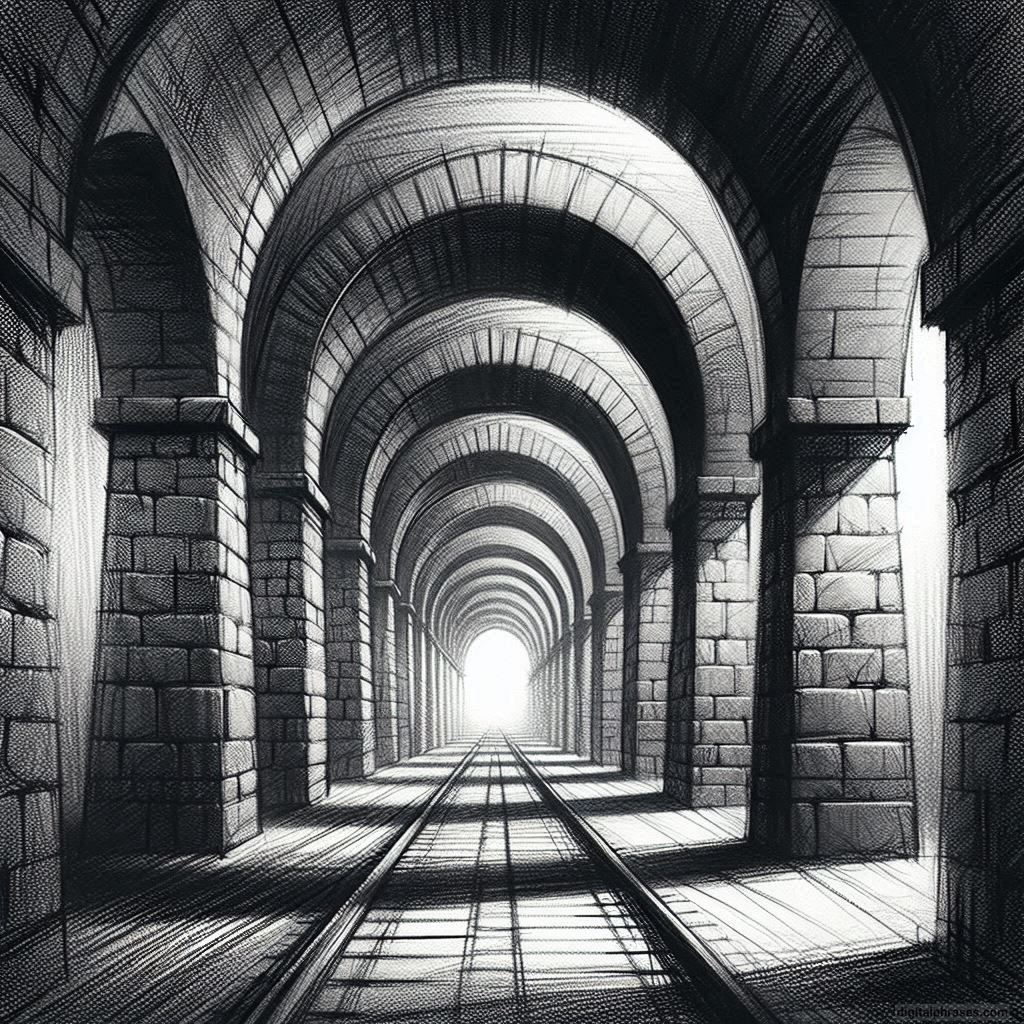
2
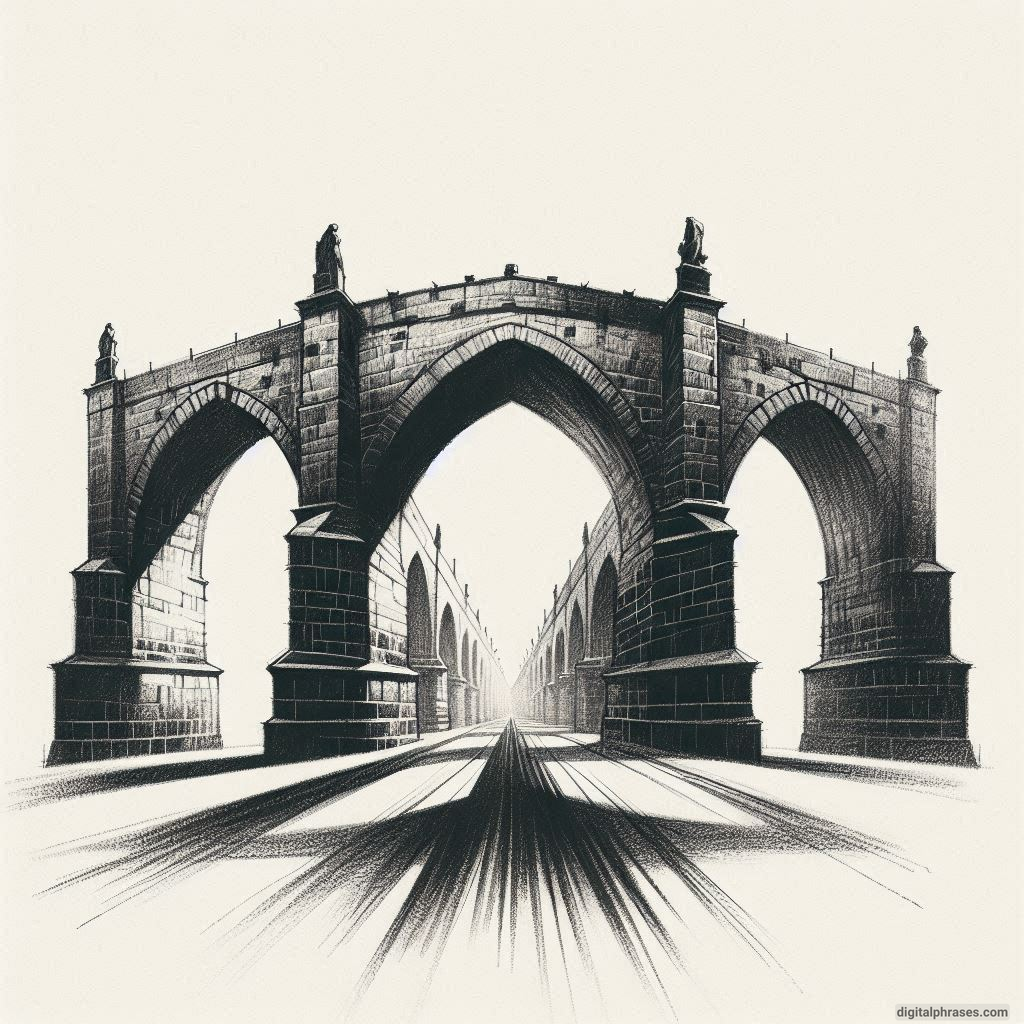
3
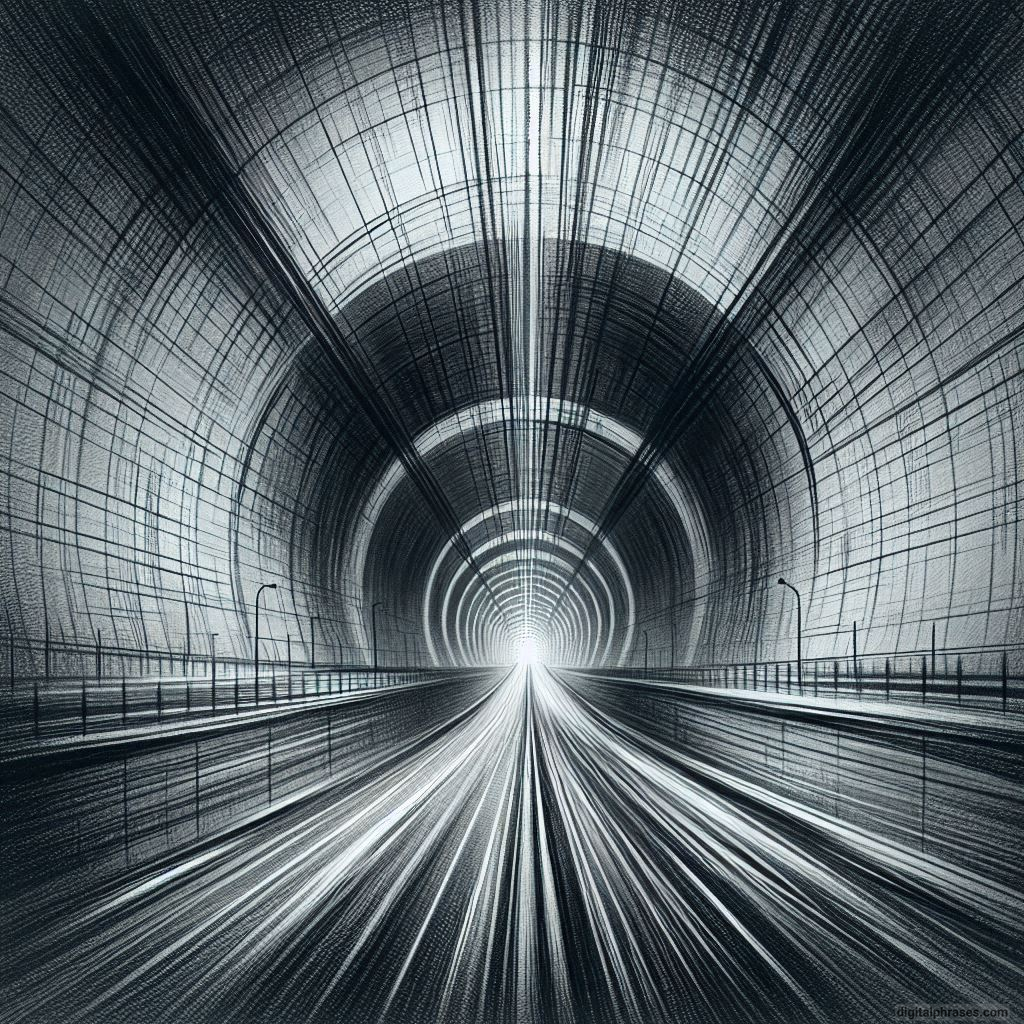
4
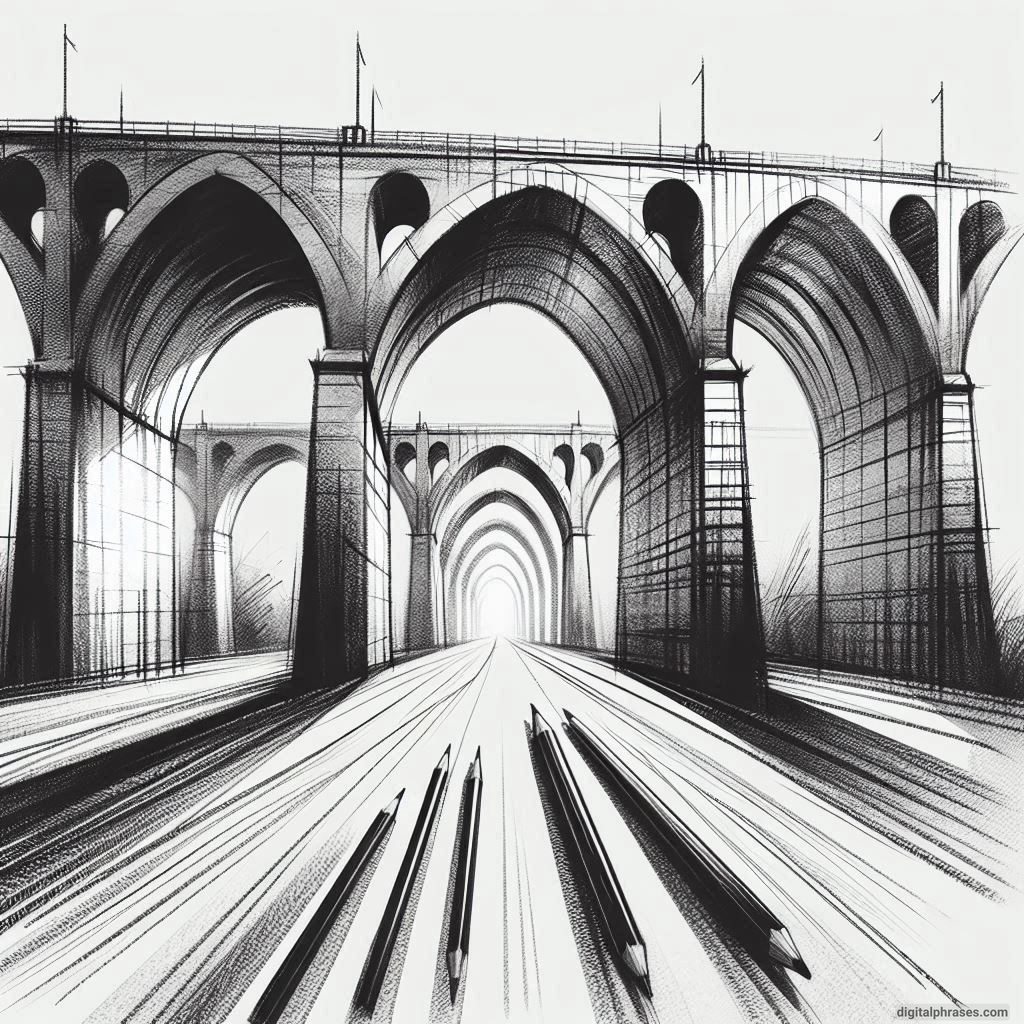
5
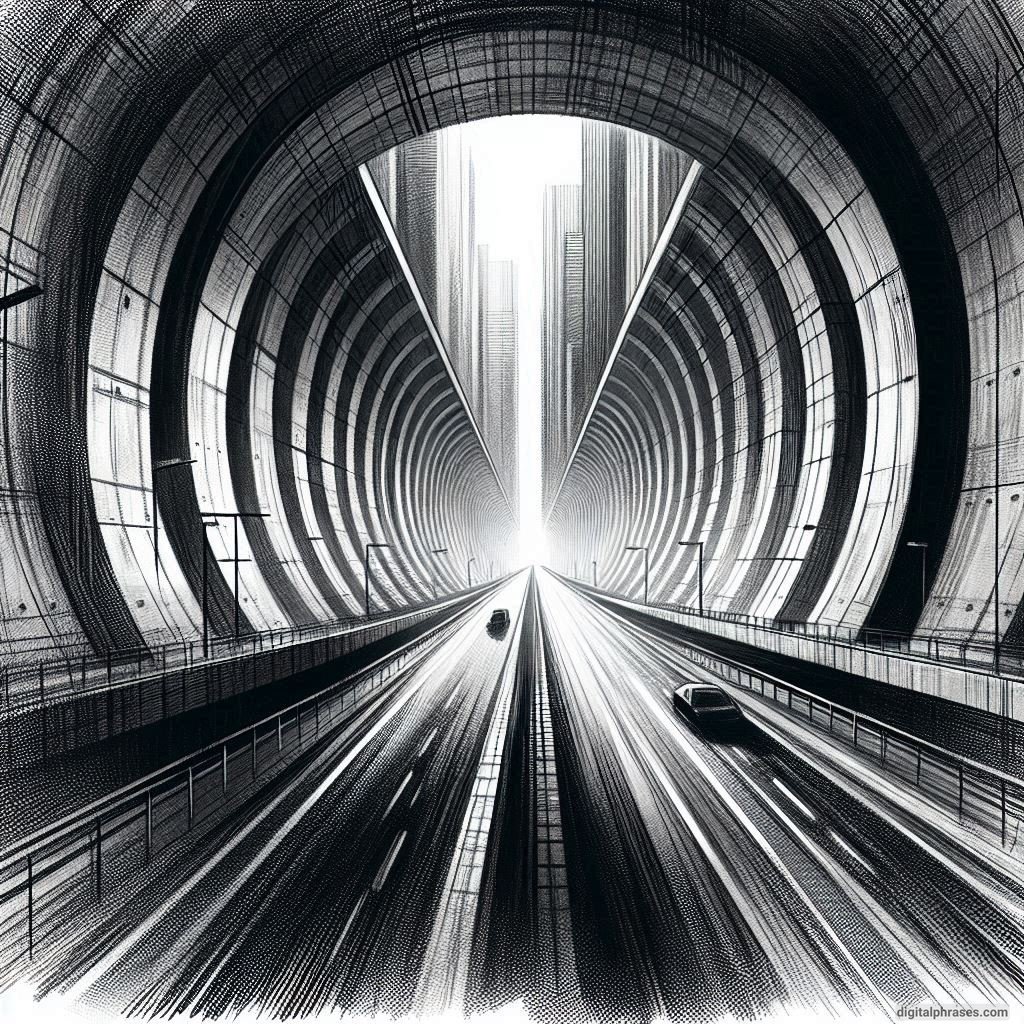
6
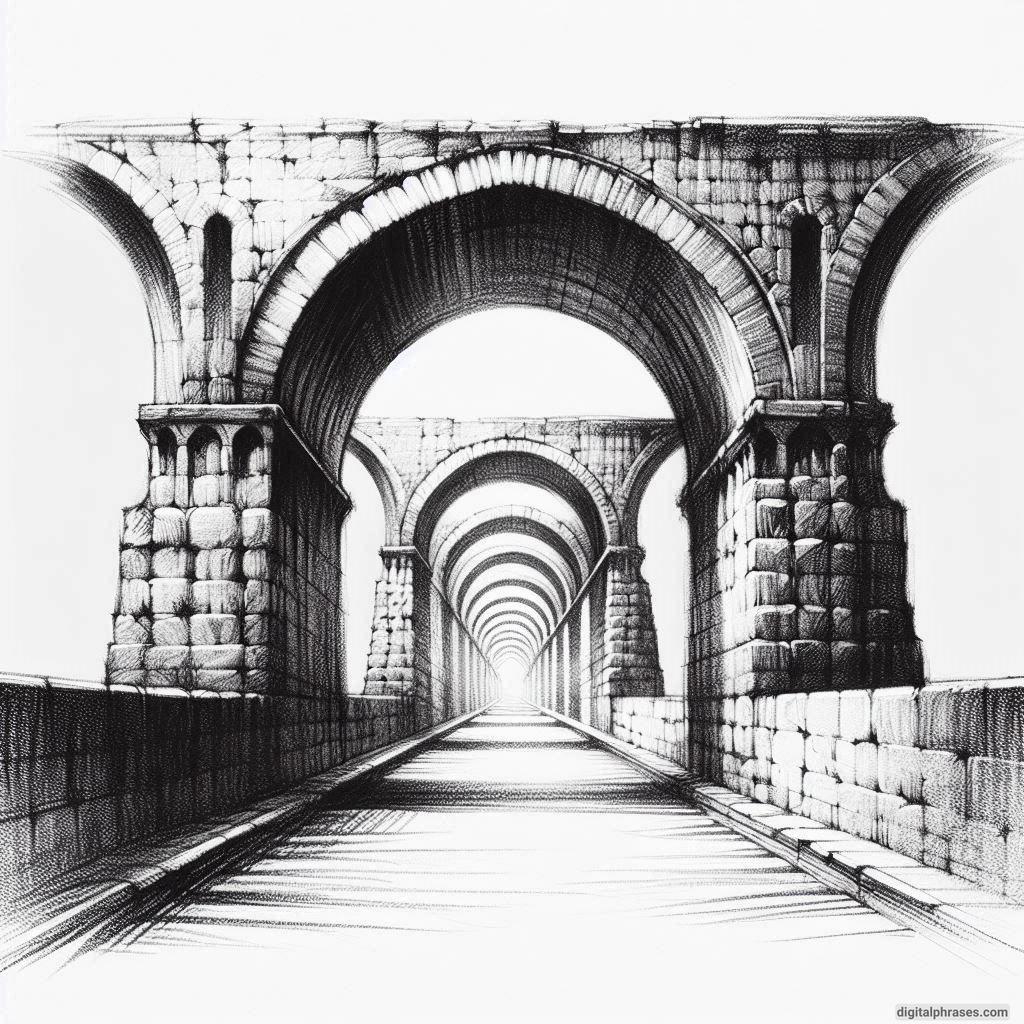
Railway Tracks
1
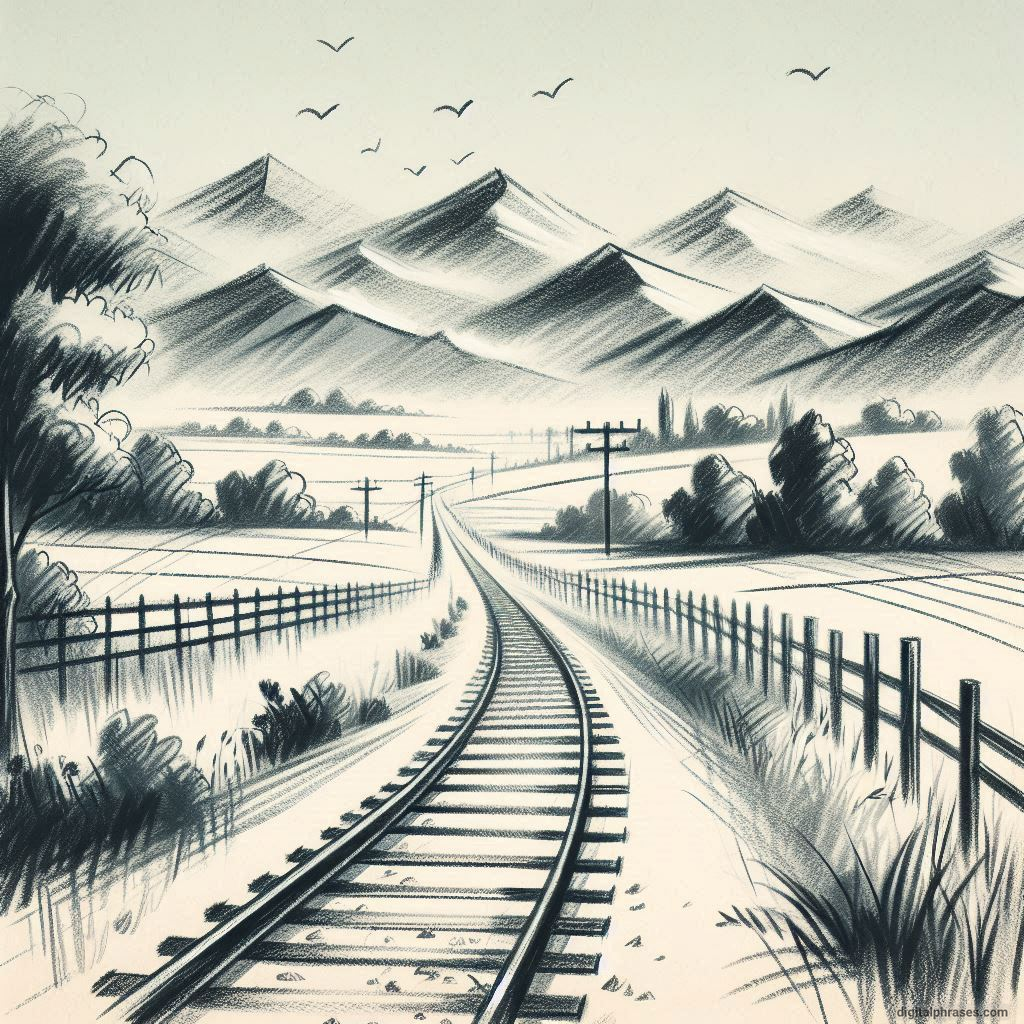
2
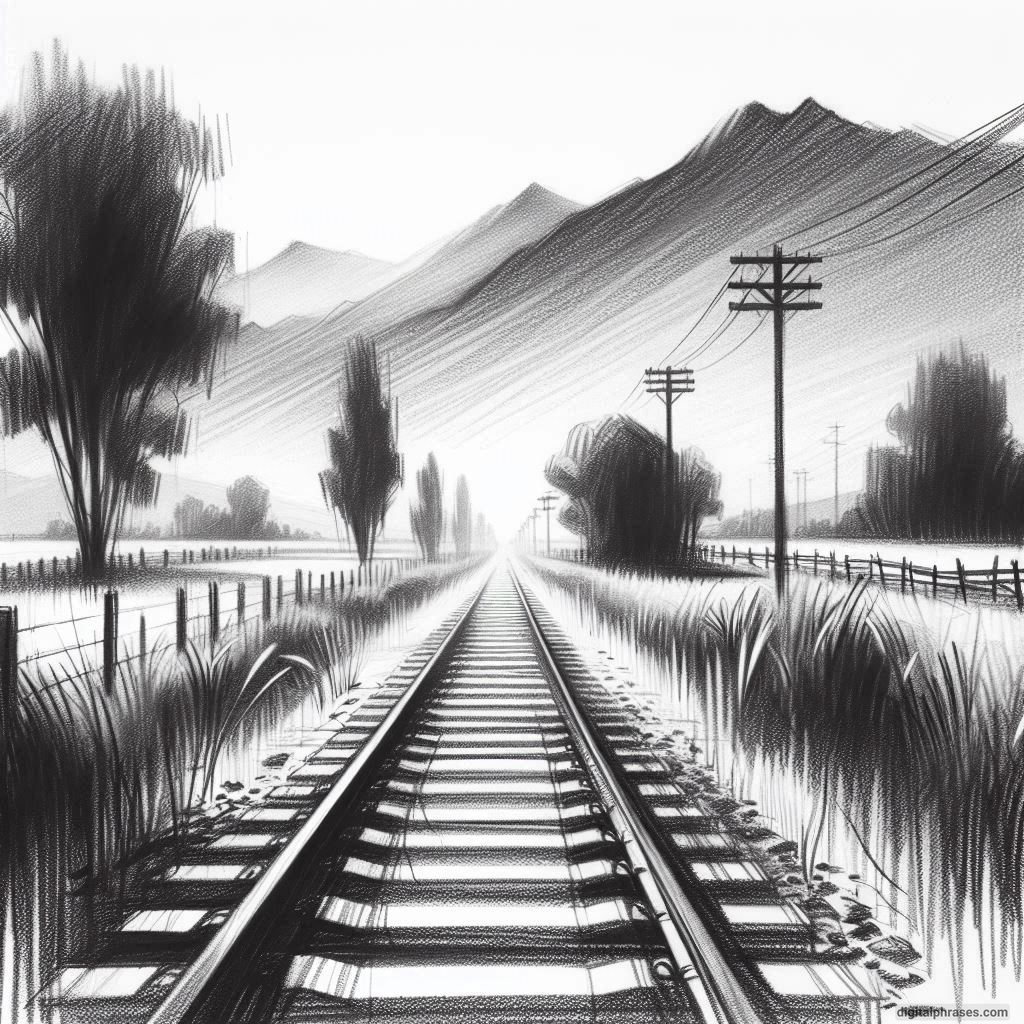
3

4

5
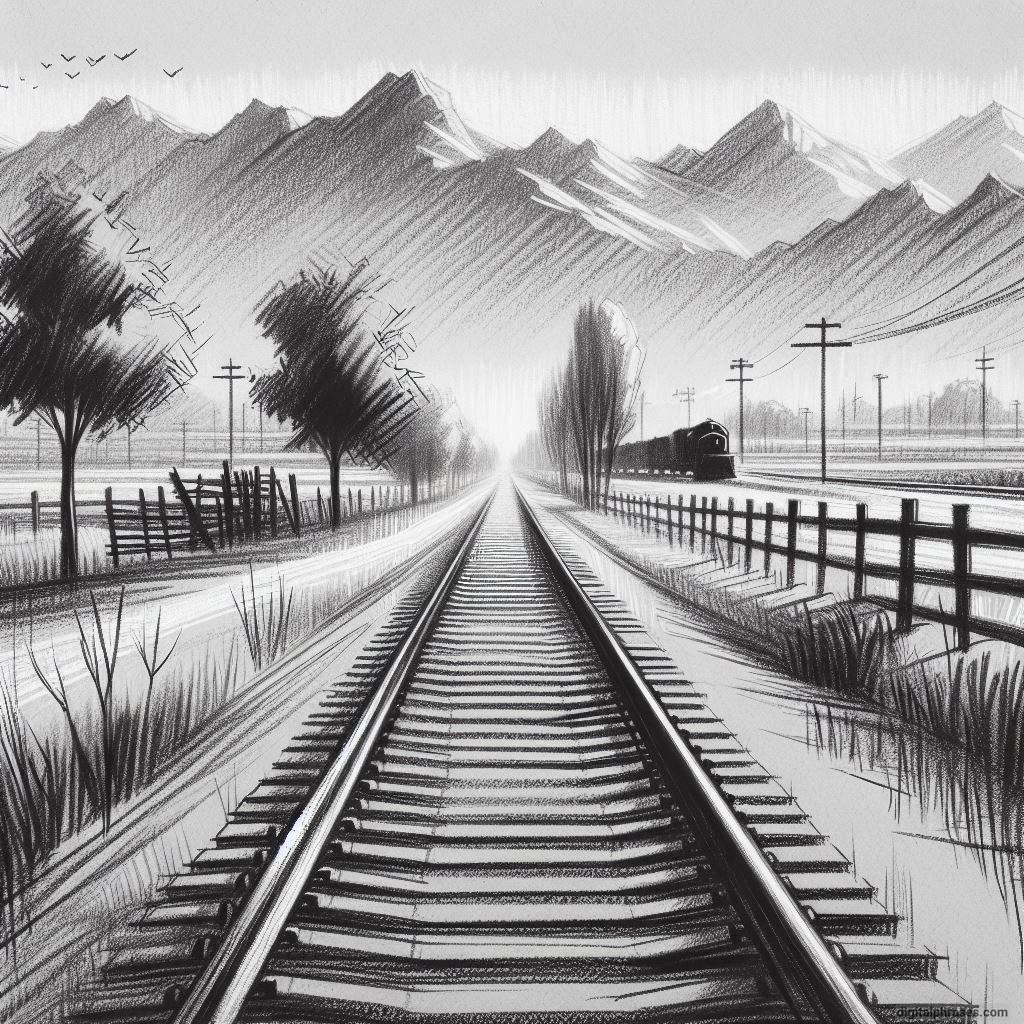
6
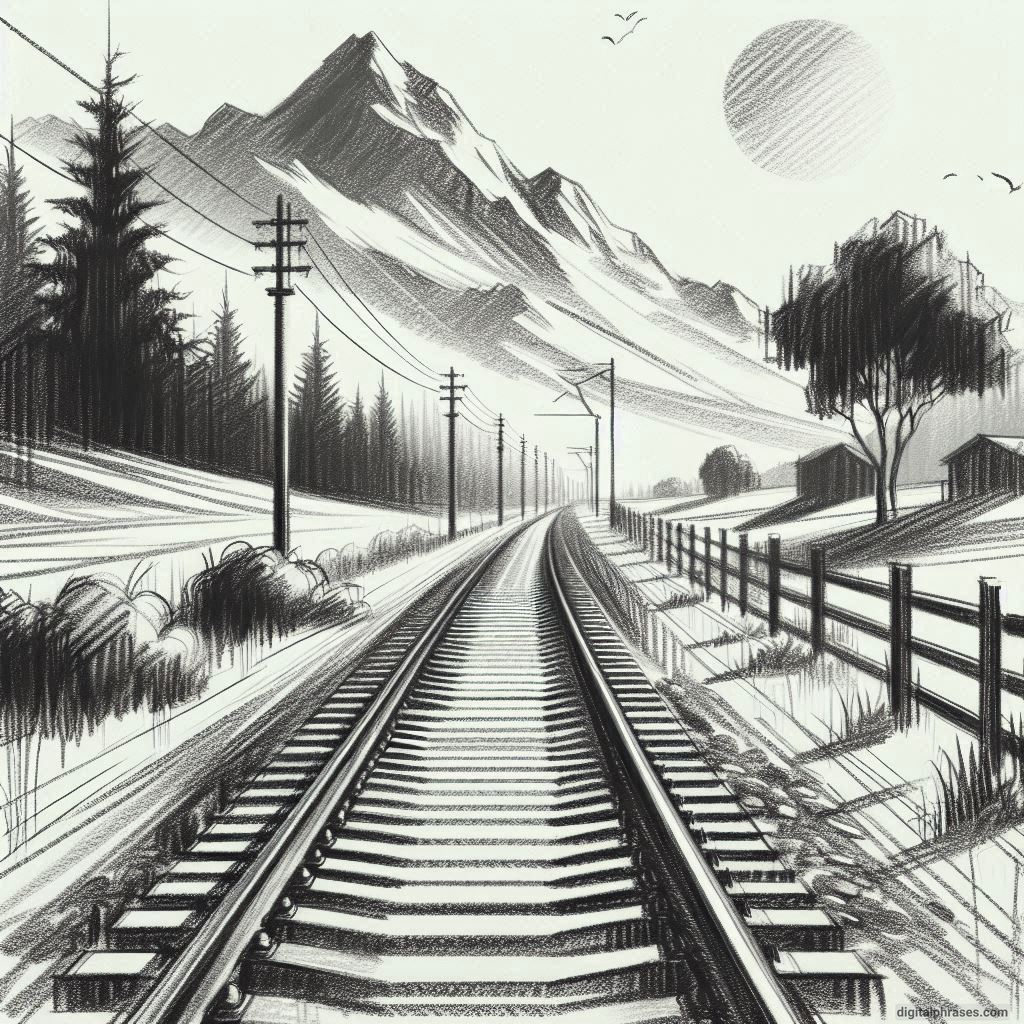
Modern Skyscraper
1
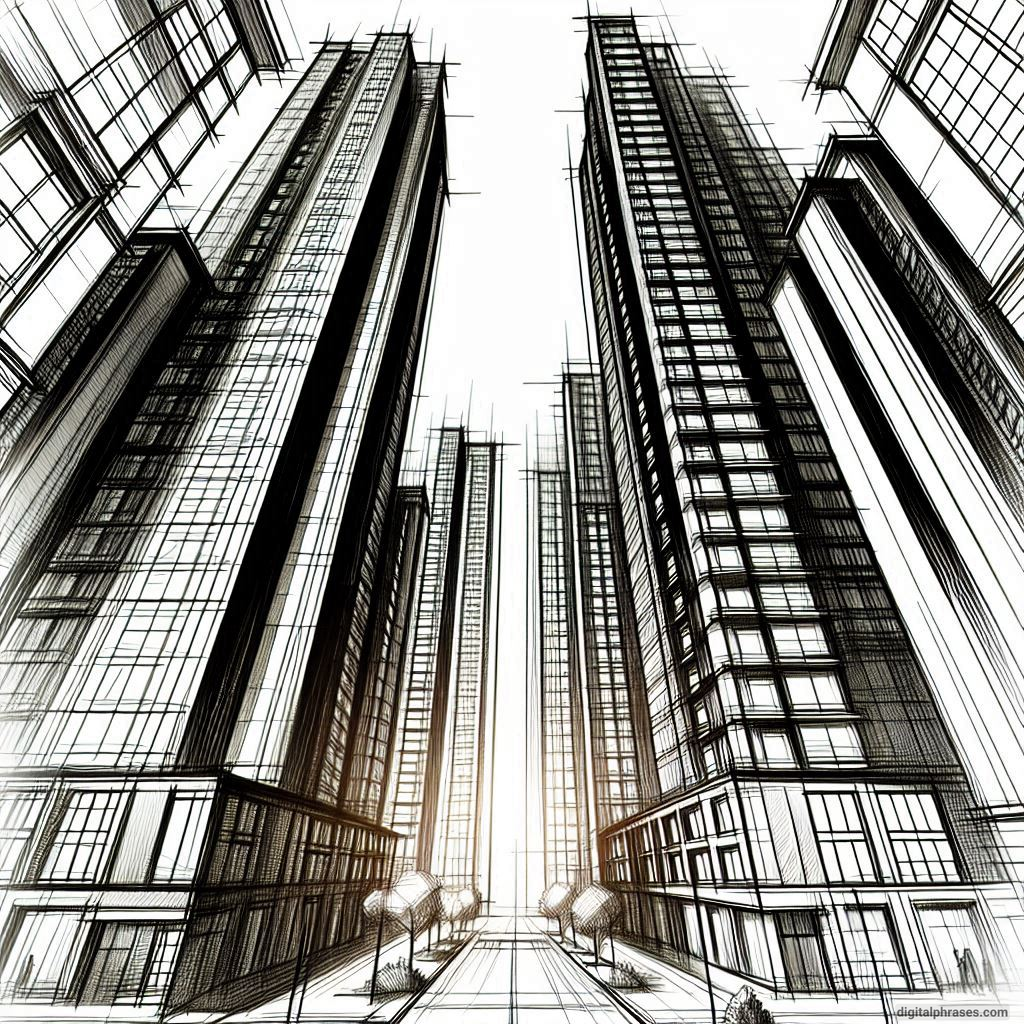
2
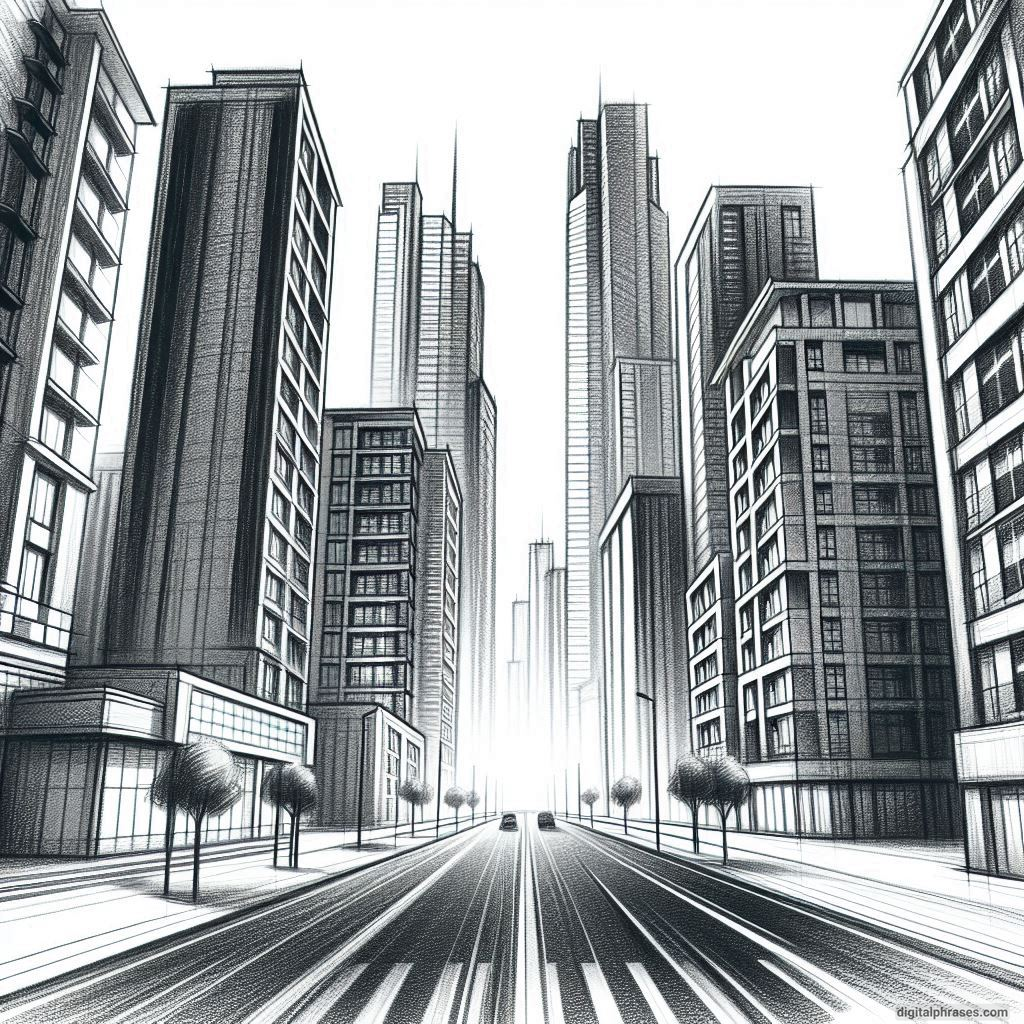
3
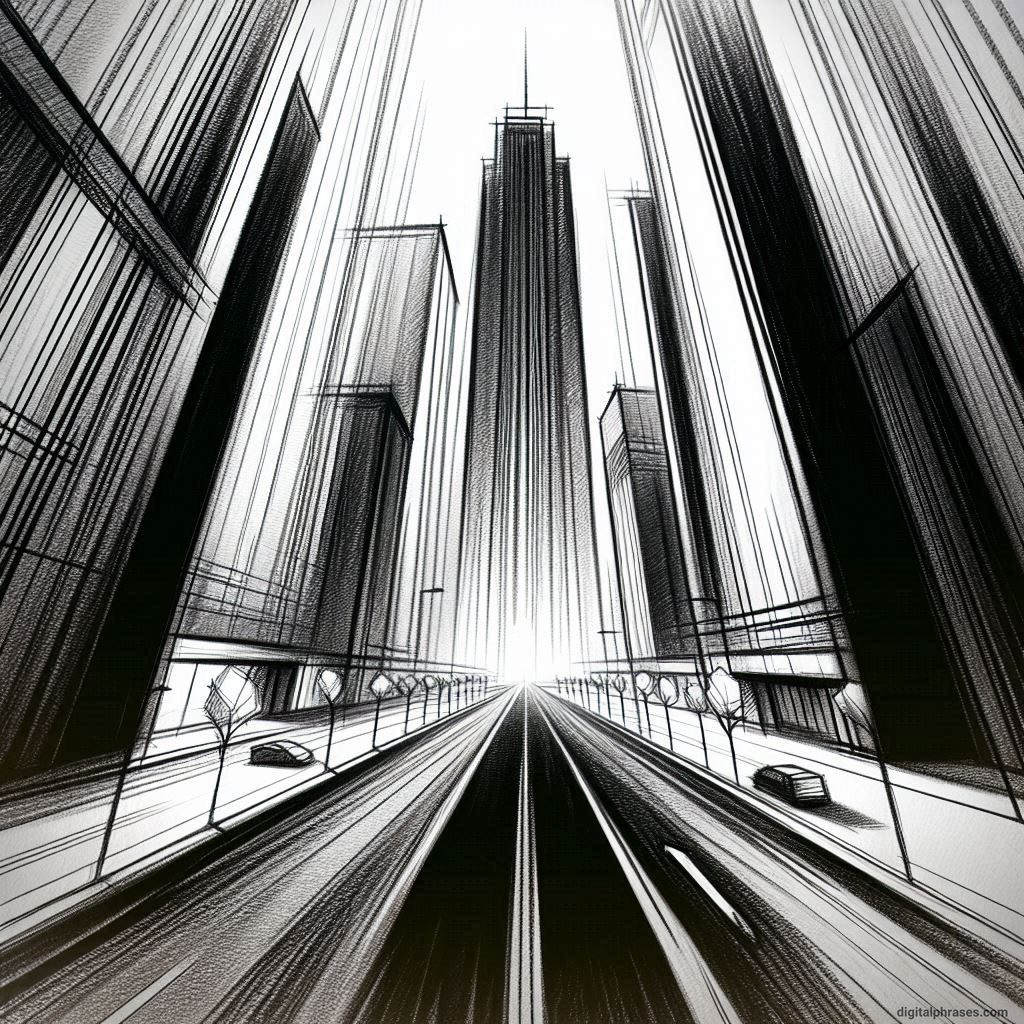
4
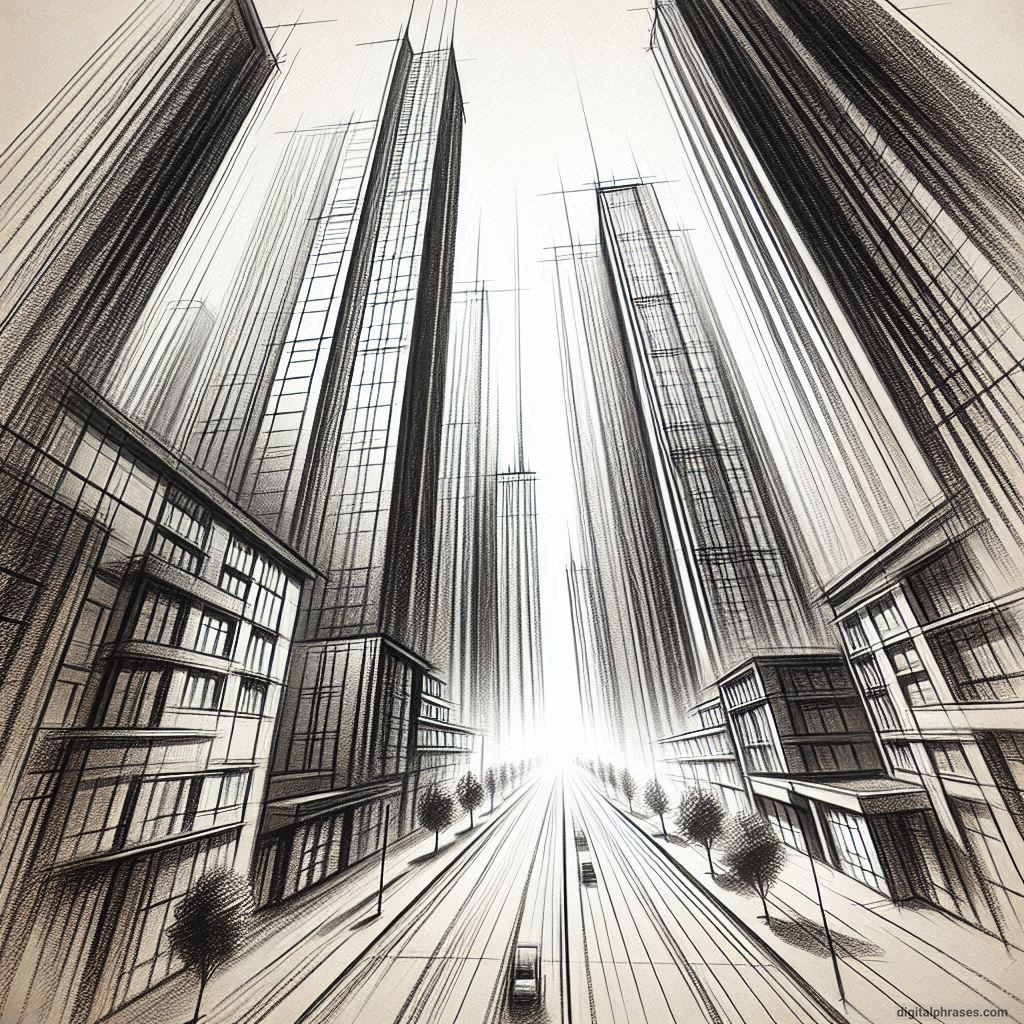
5
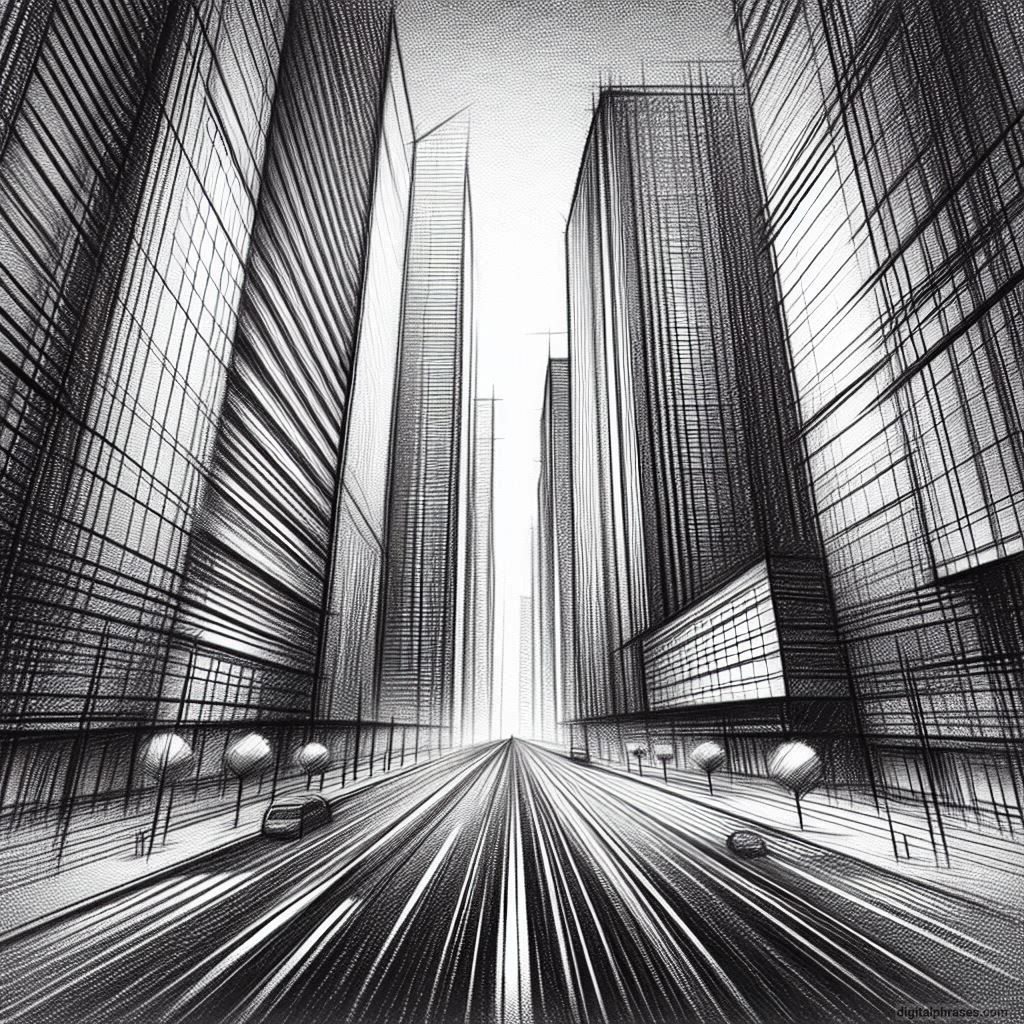
6
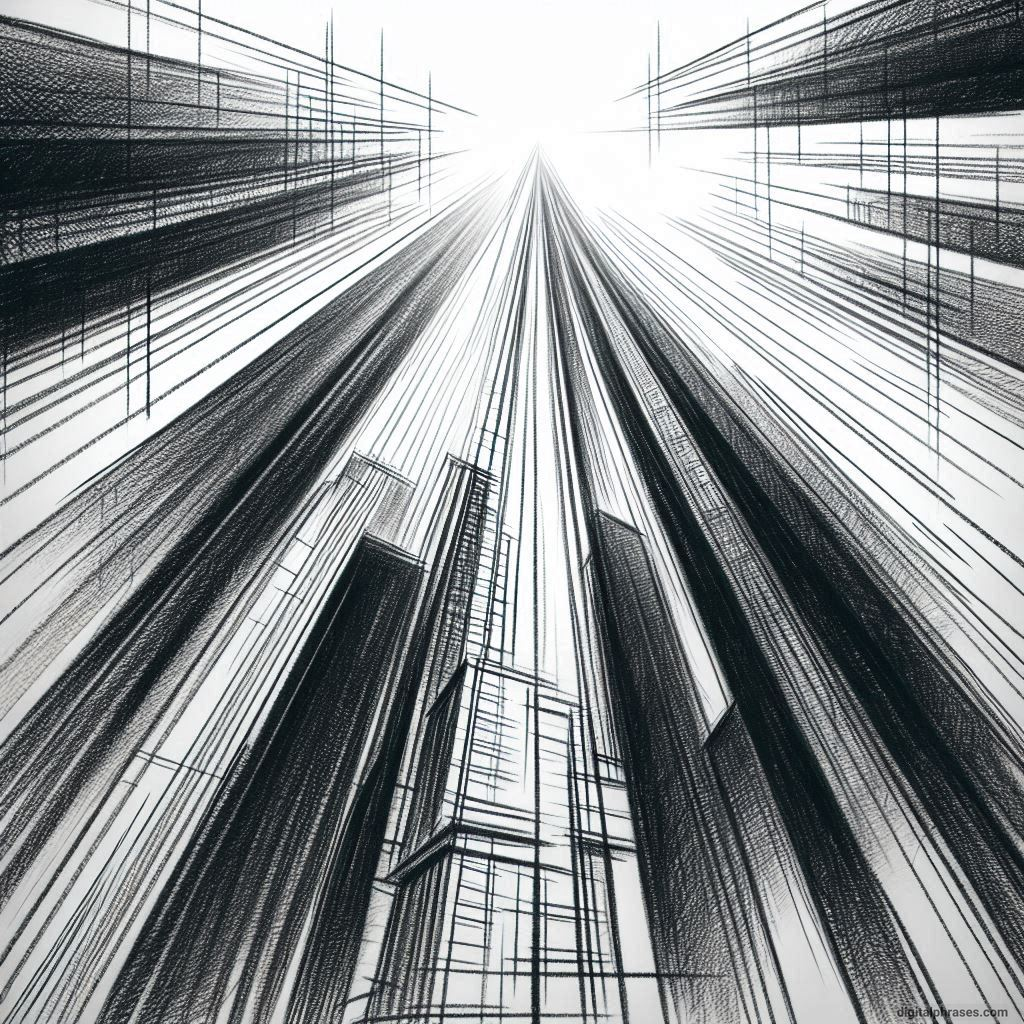
Classical Building Facade
1
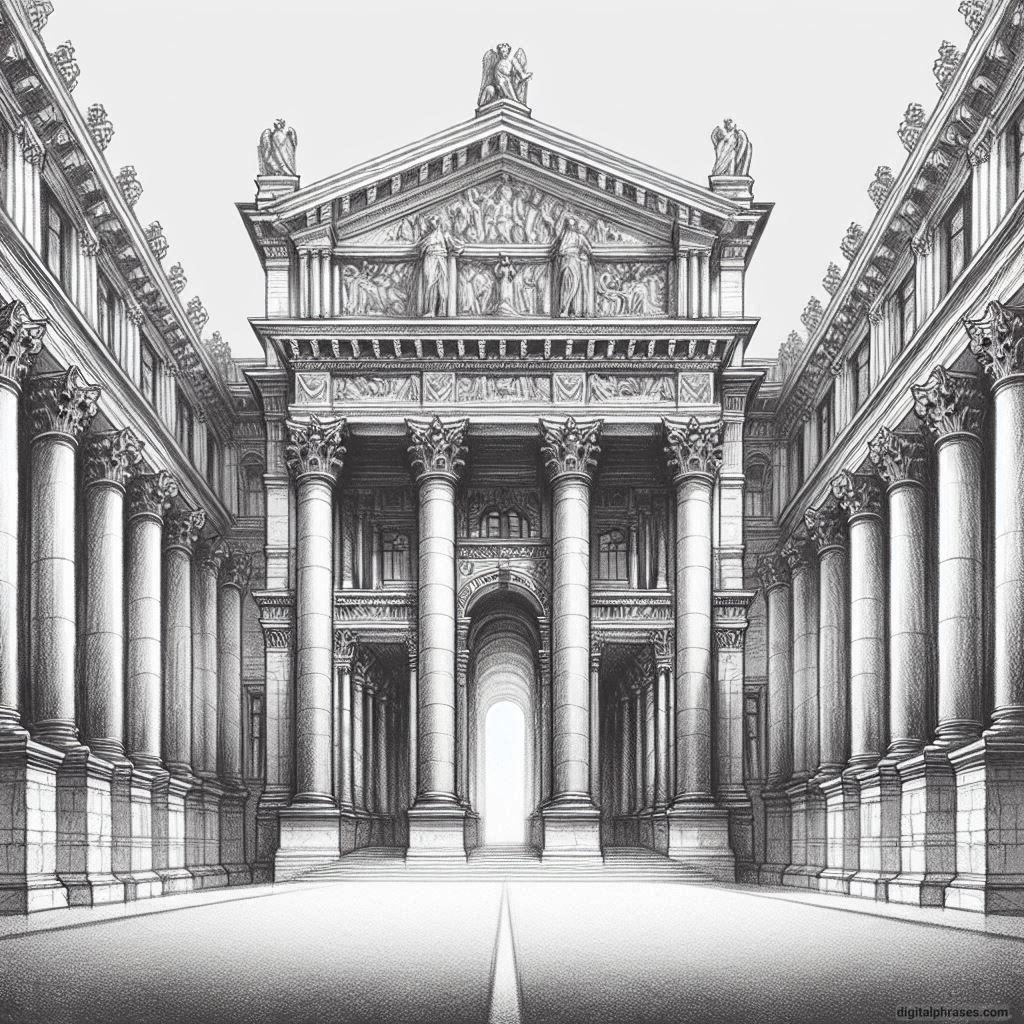
2
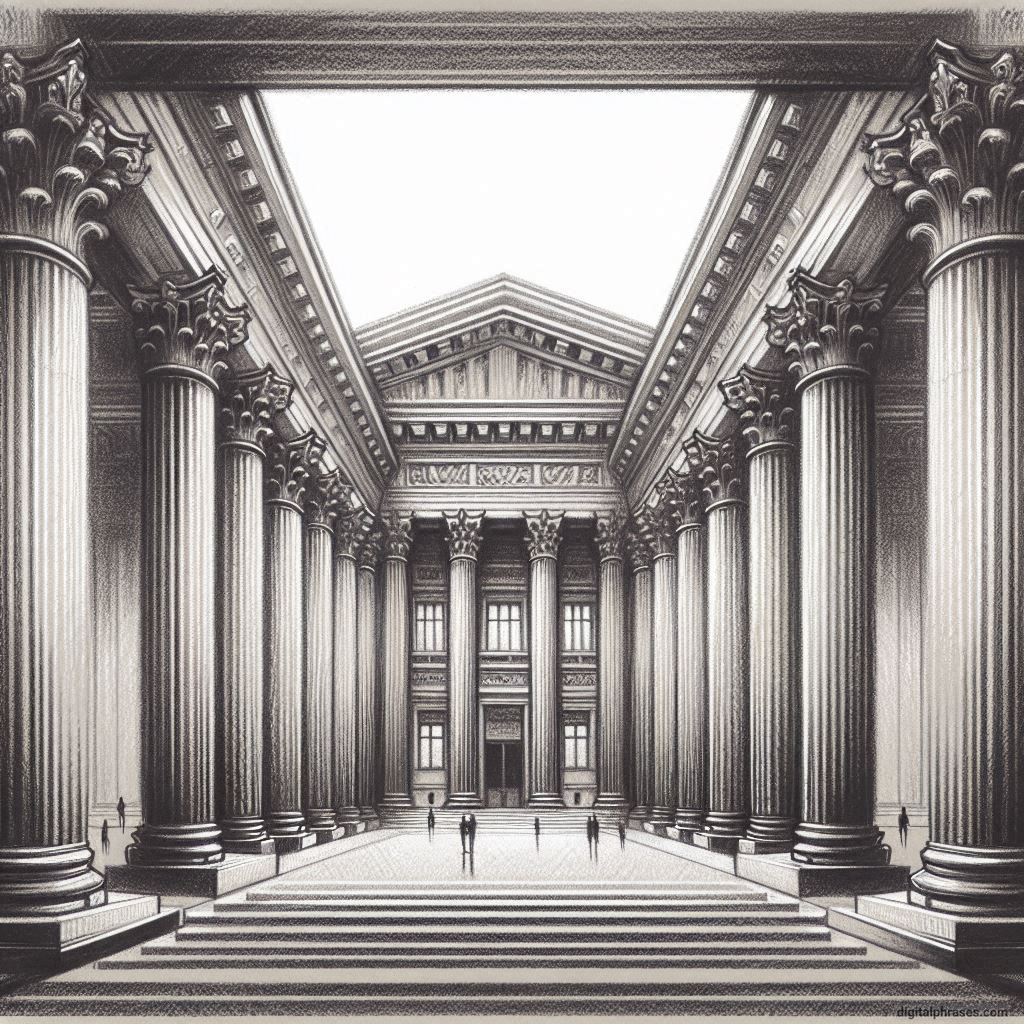
3
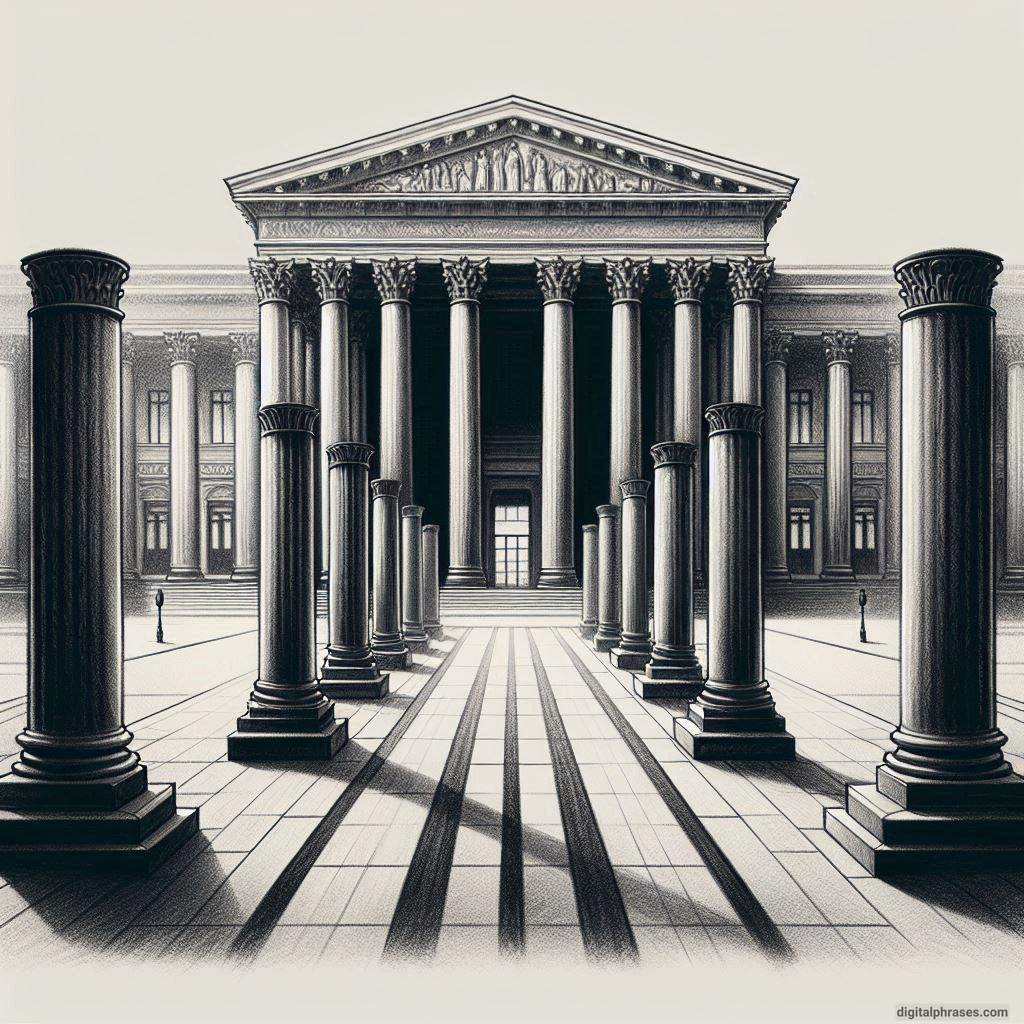
4
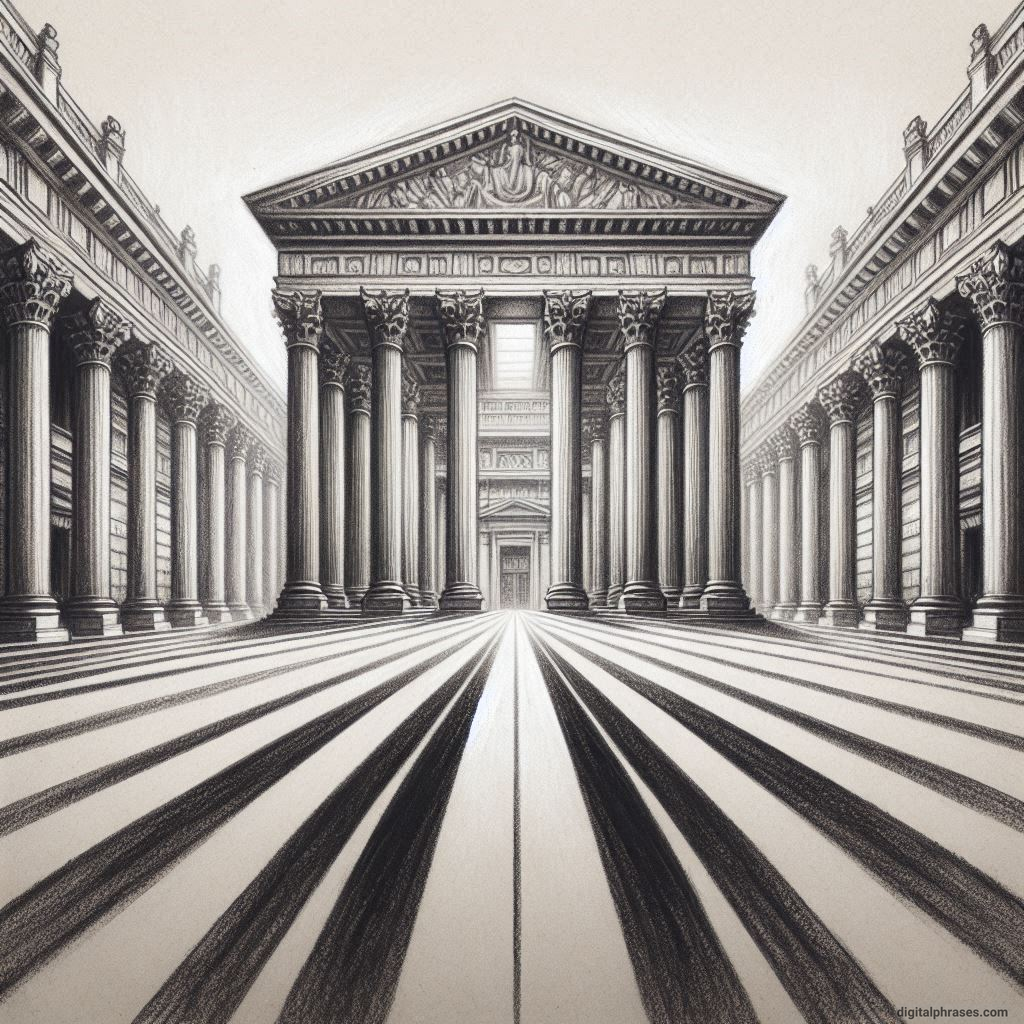
5
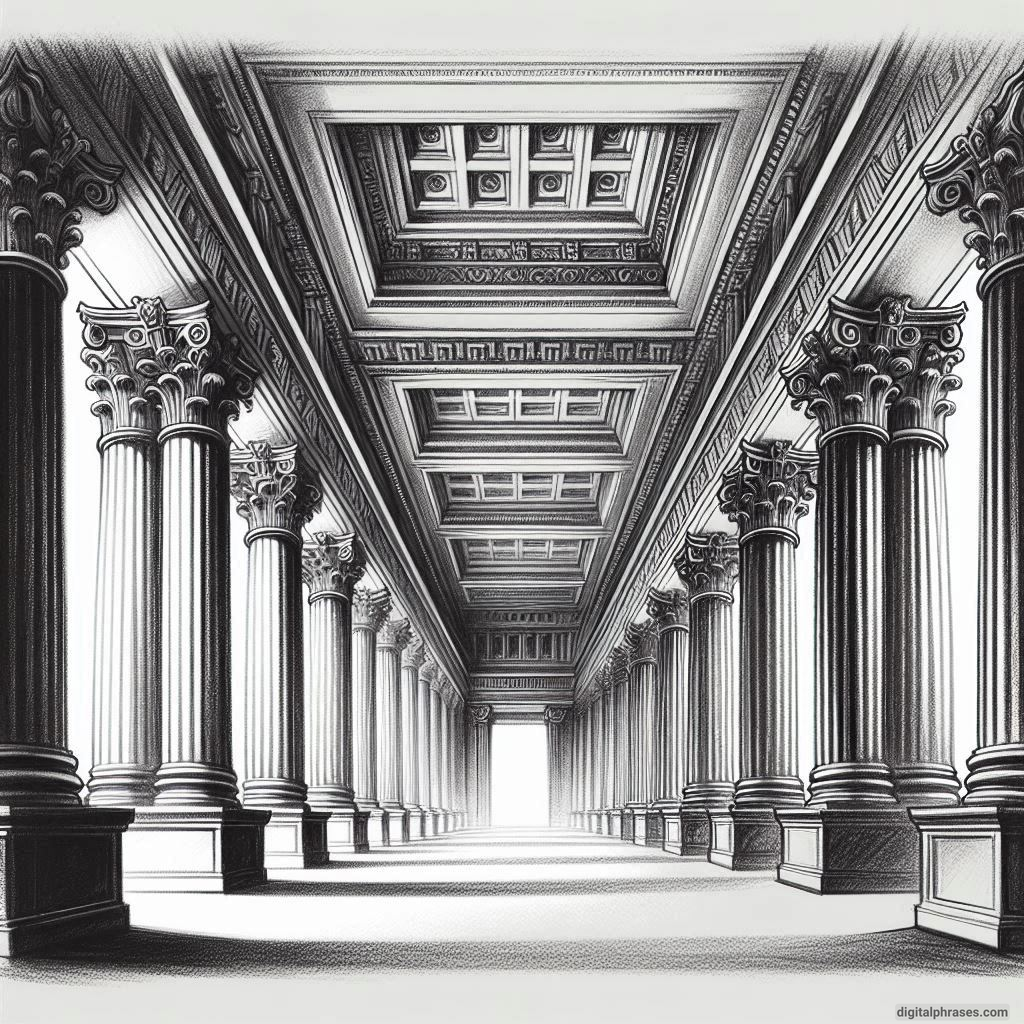
6
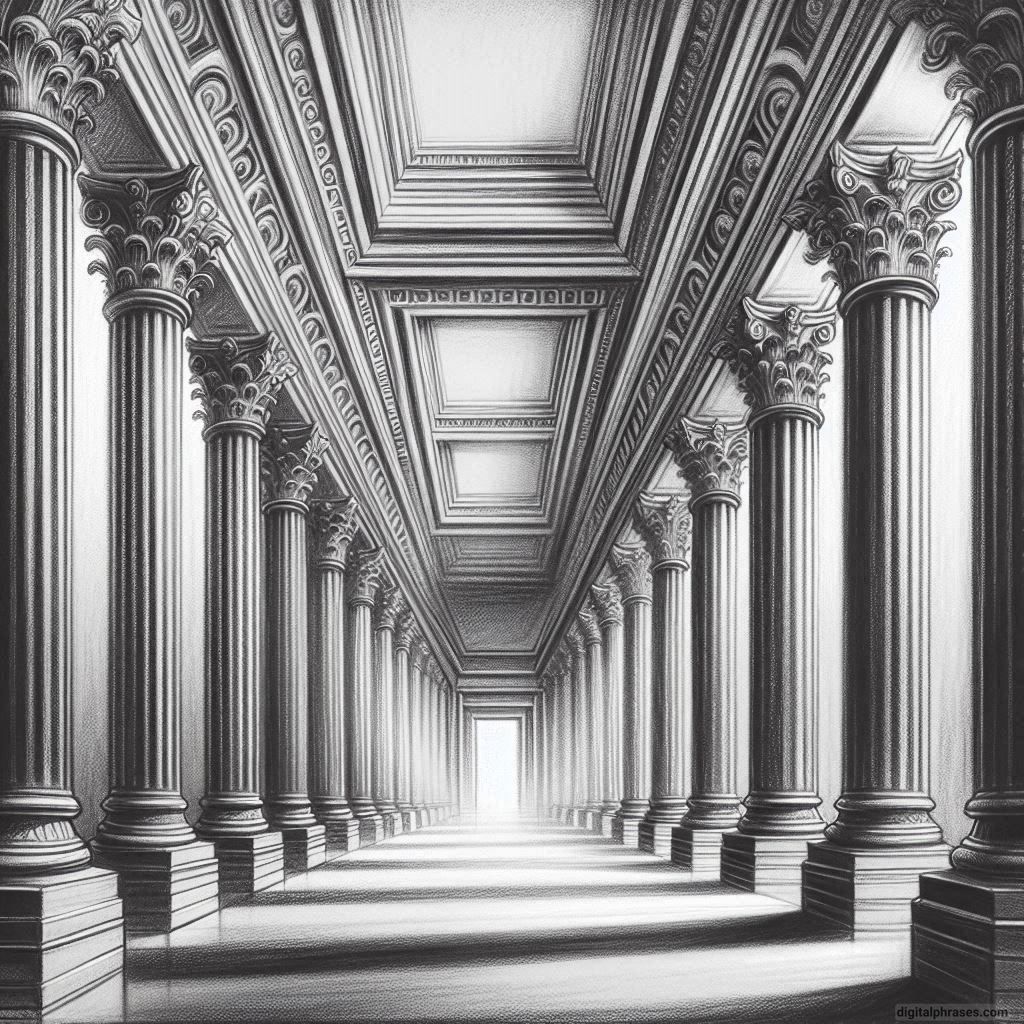
Cathedral or Church Interior
1

2
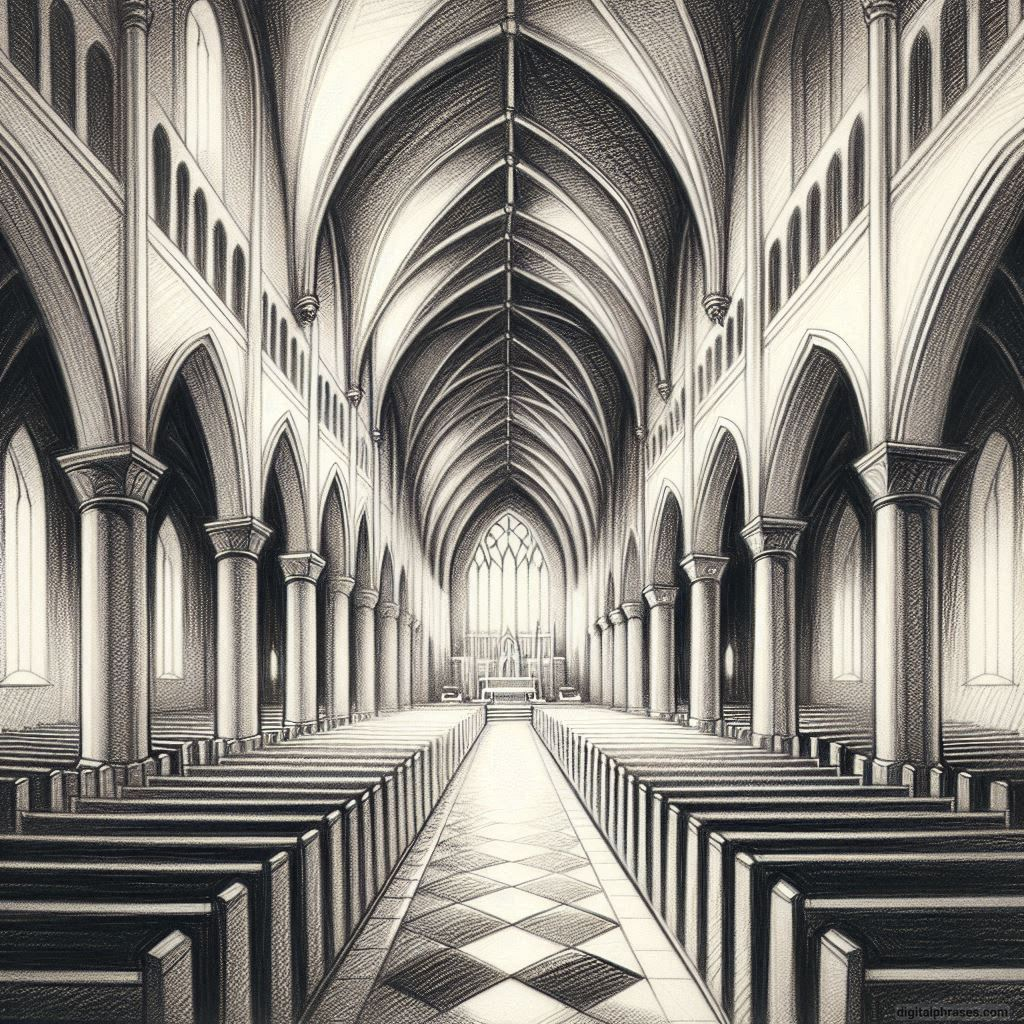
3
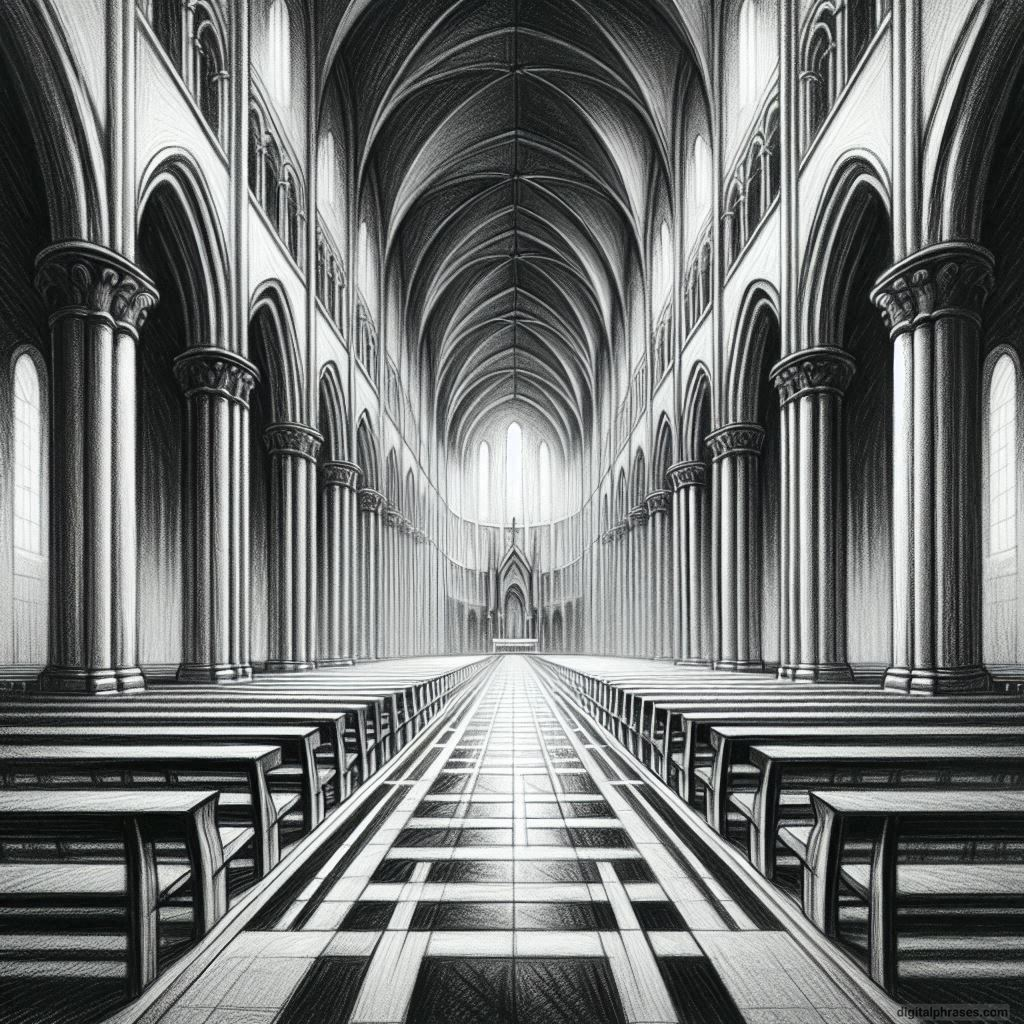
4

5
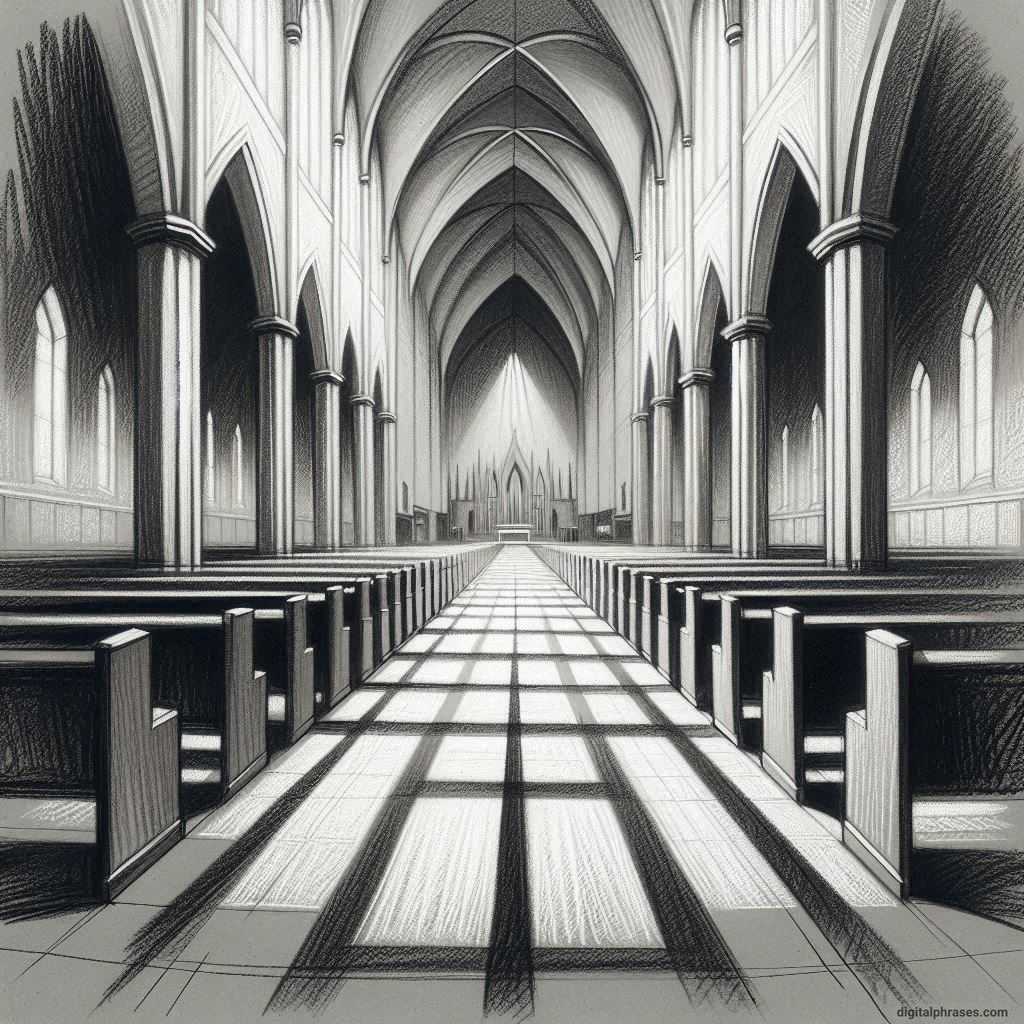
6
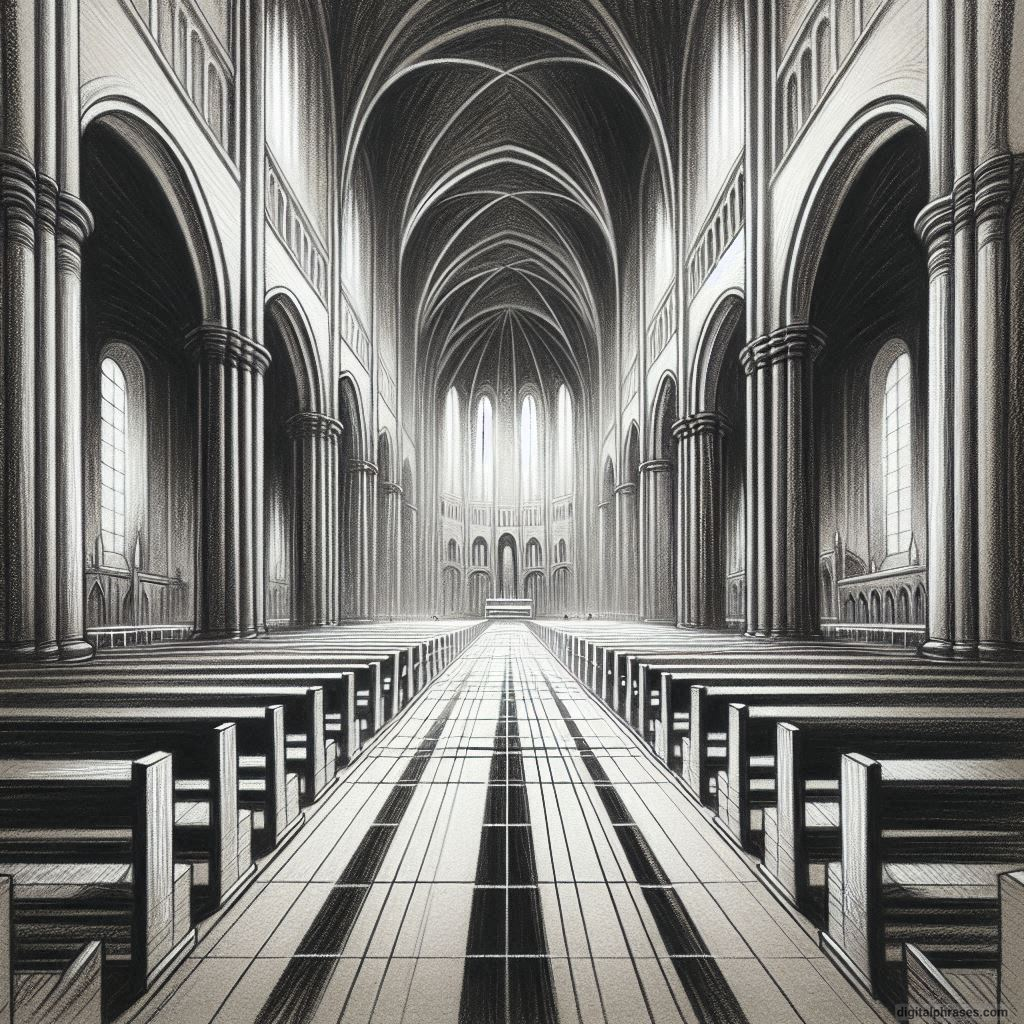
Street Market Scene
1
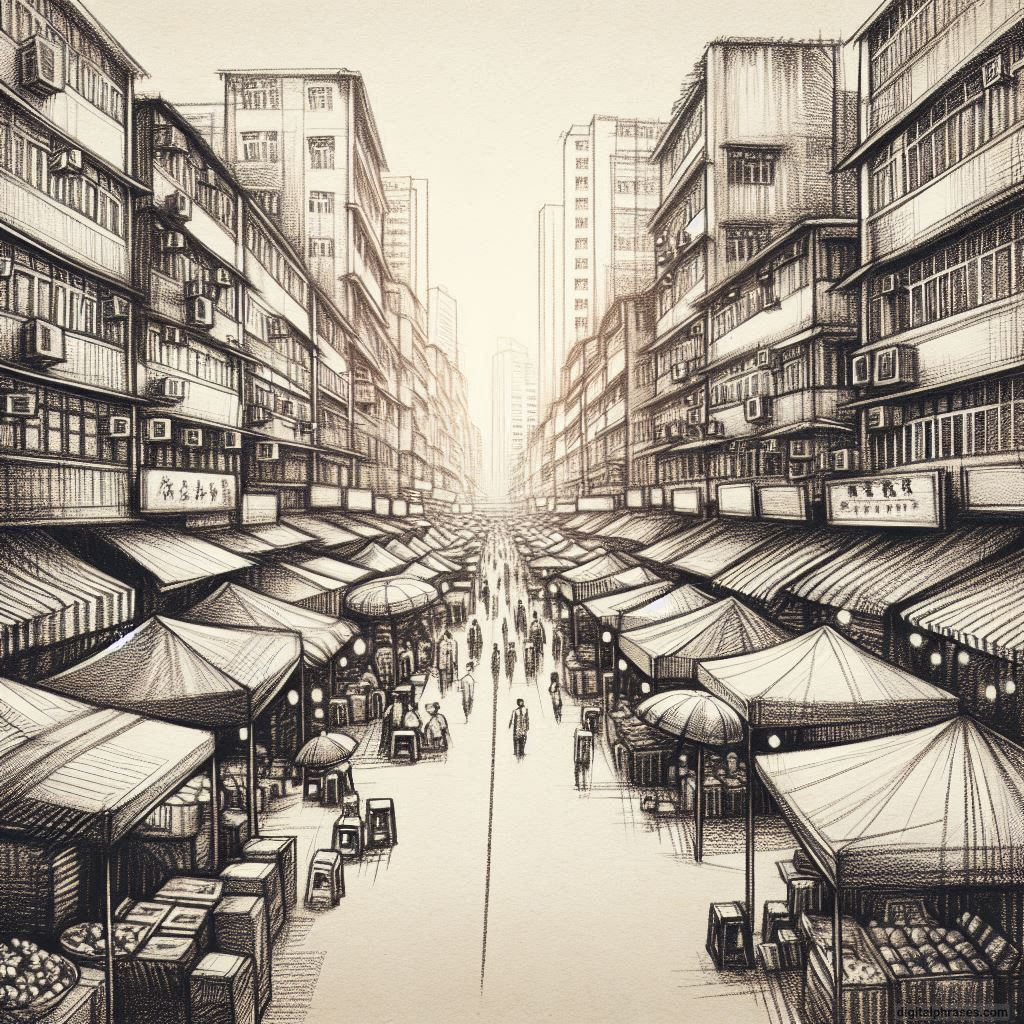
2

3
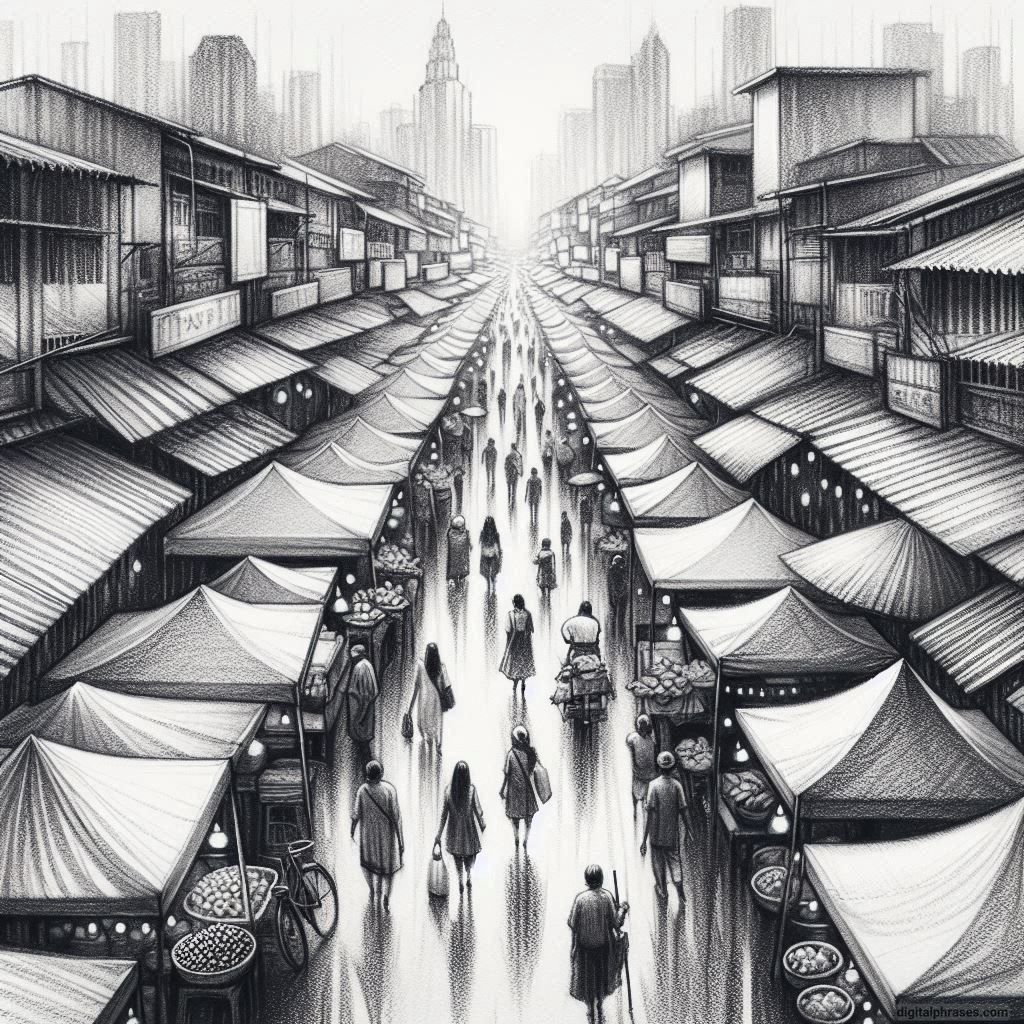
4

5
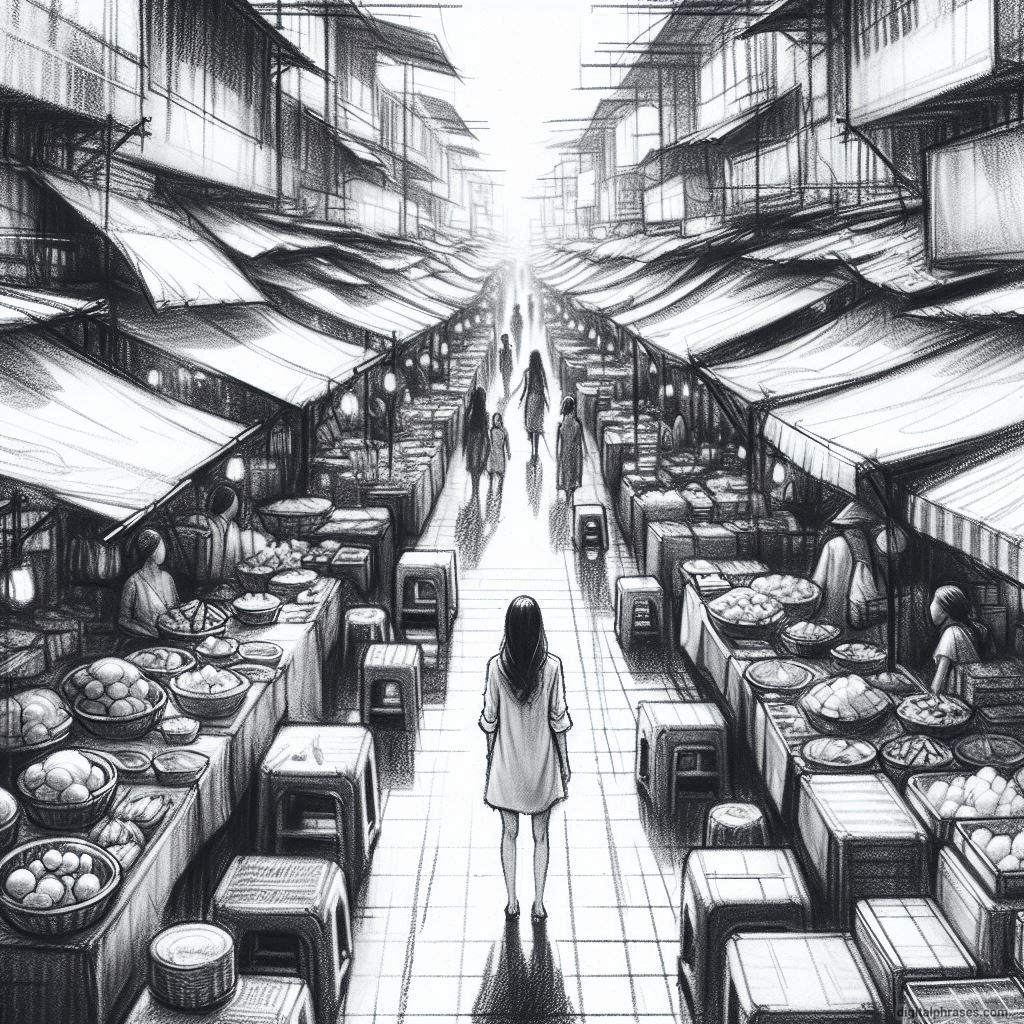
6
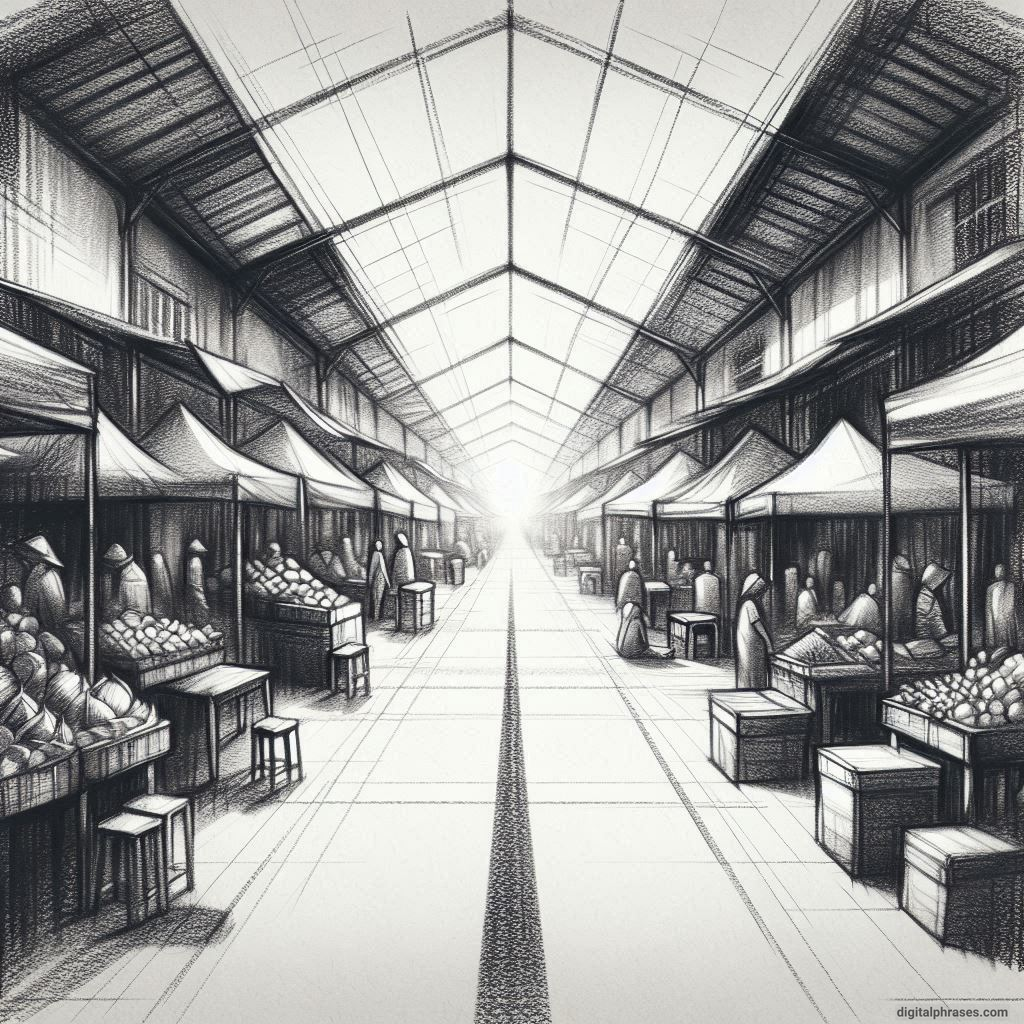
Urban Alleyway
1
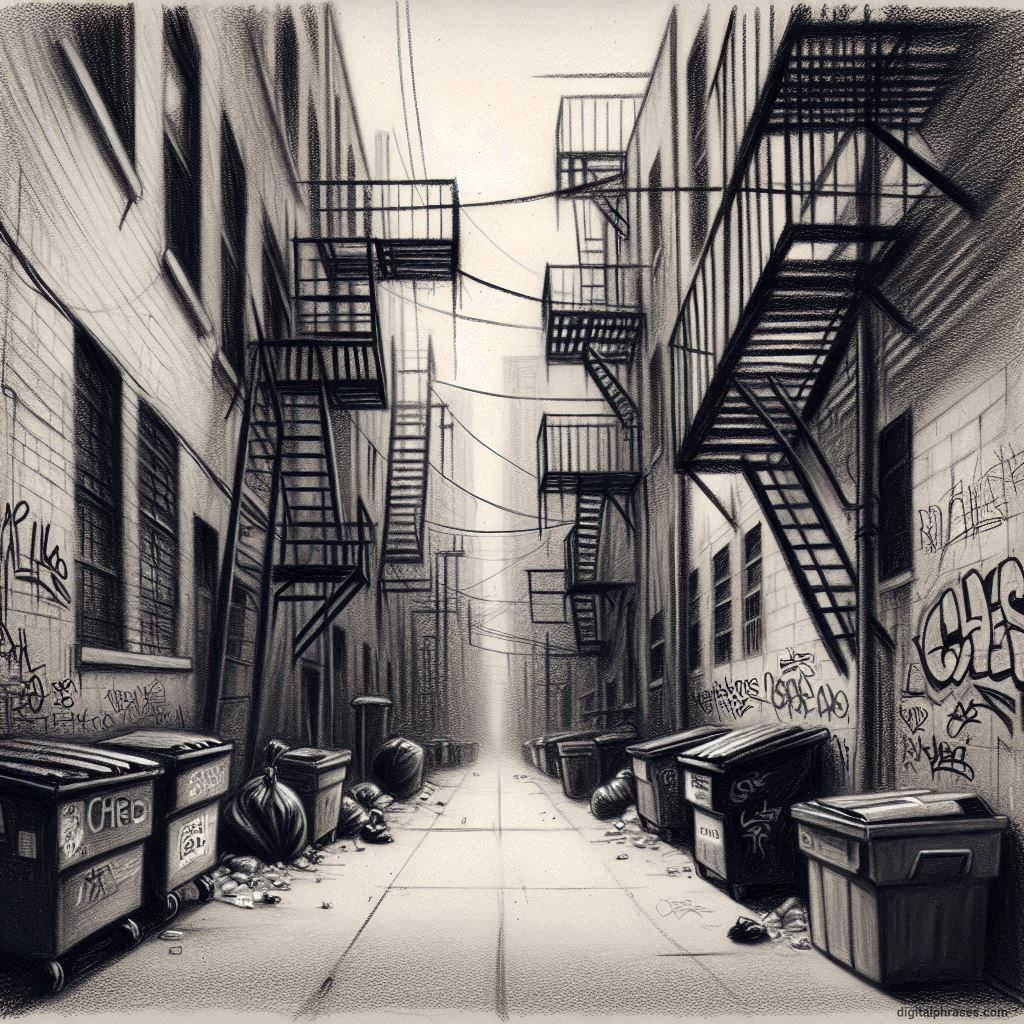
2
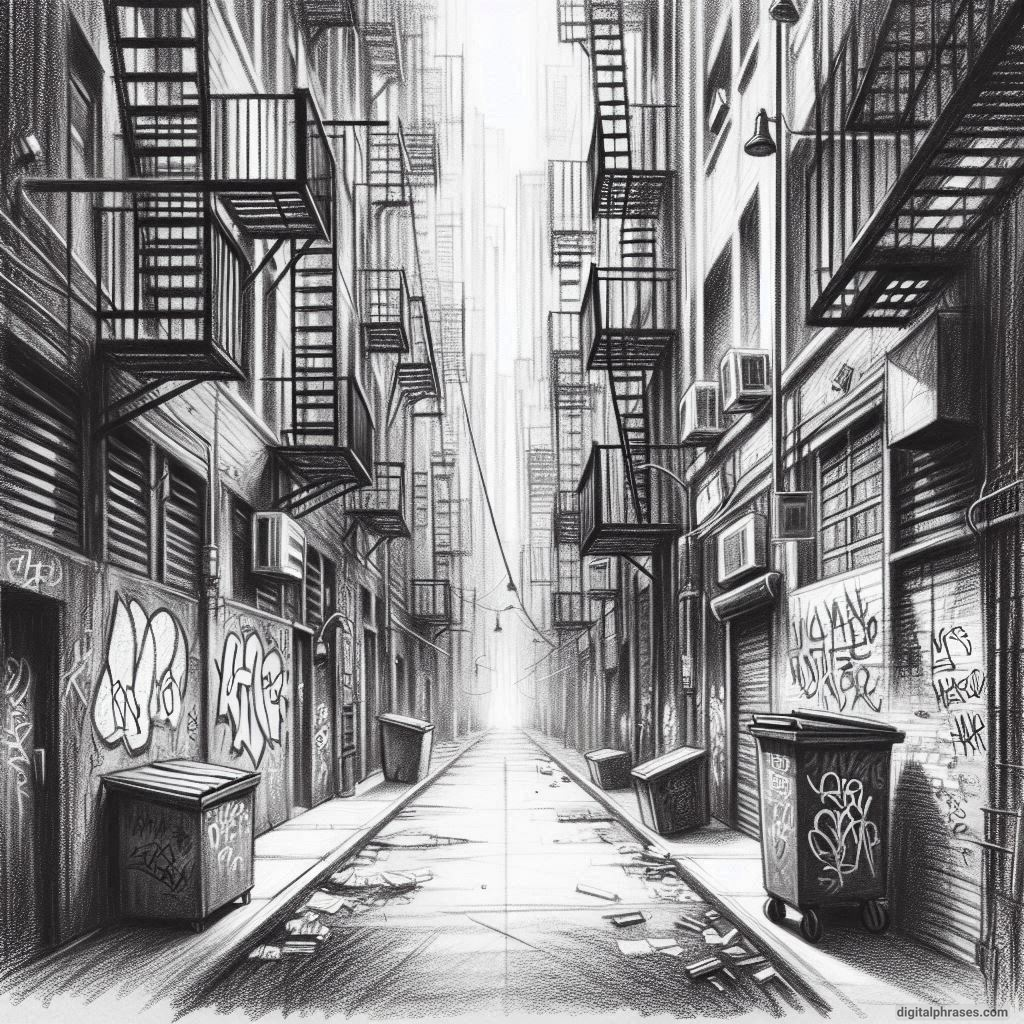
3
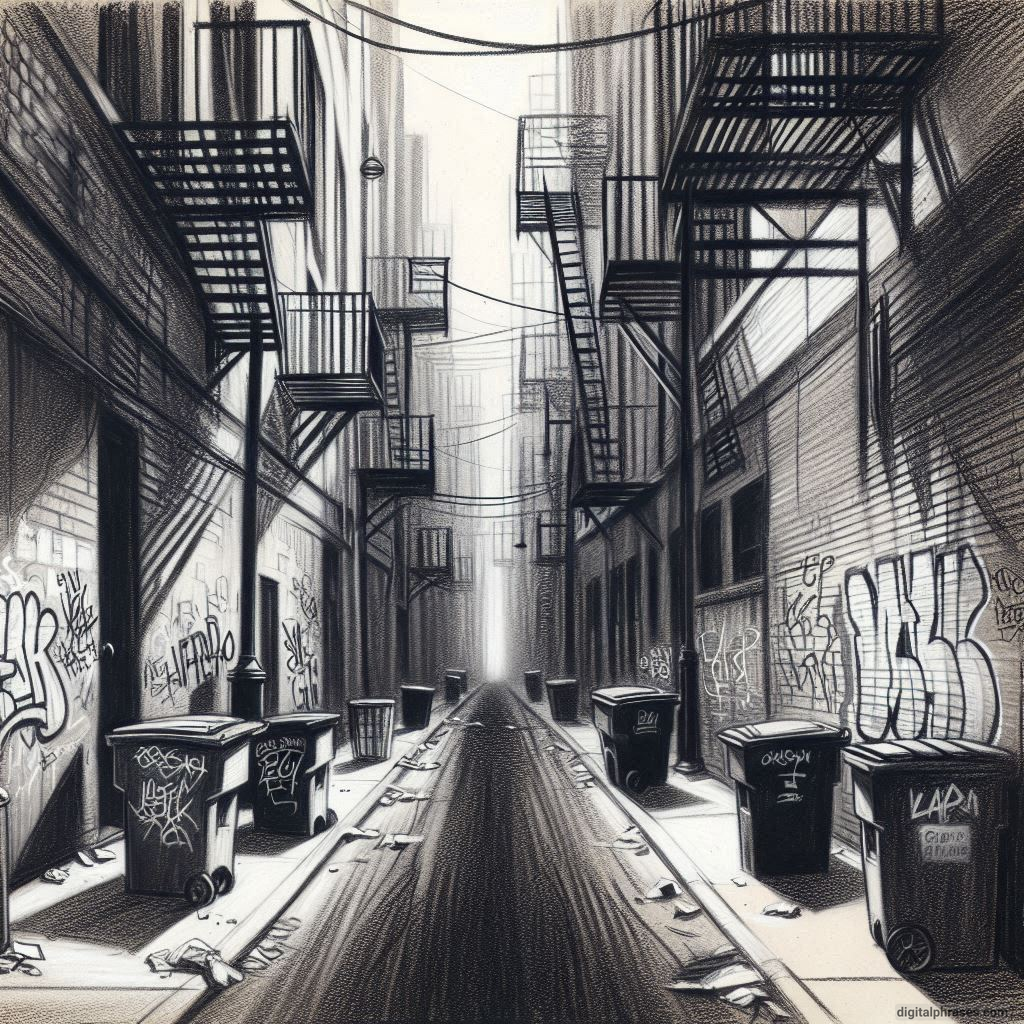
4
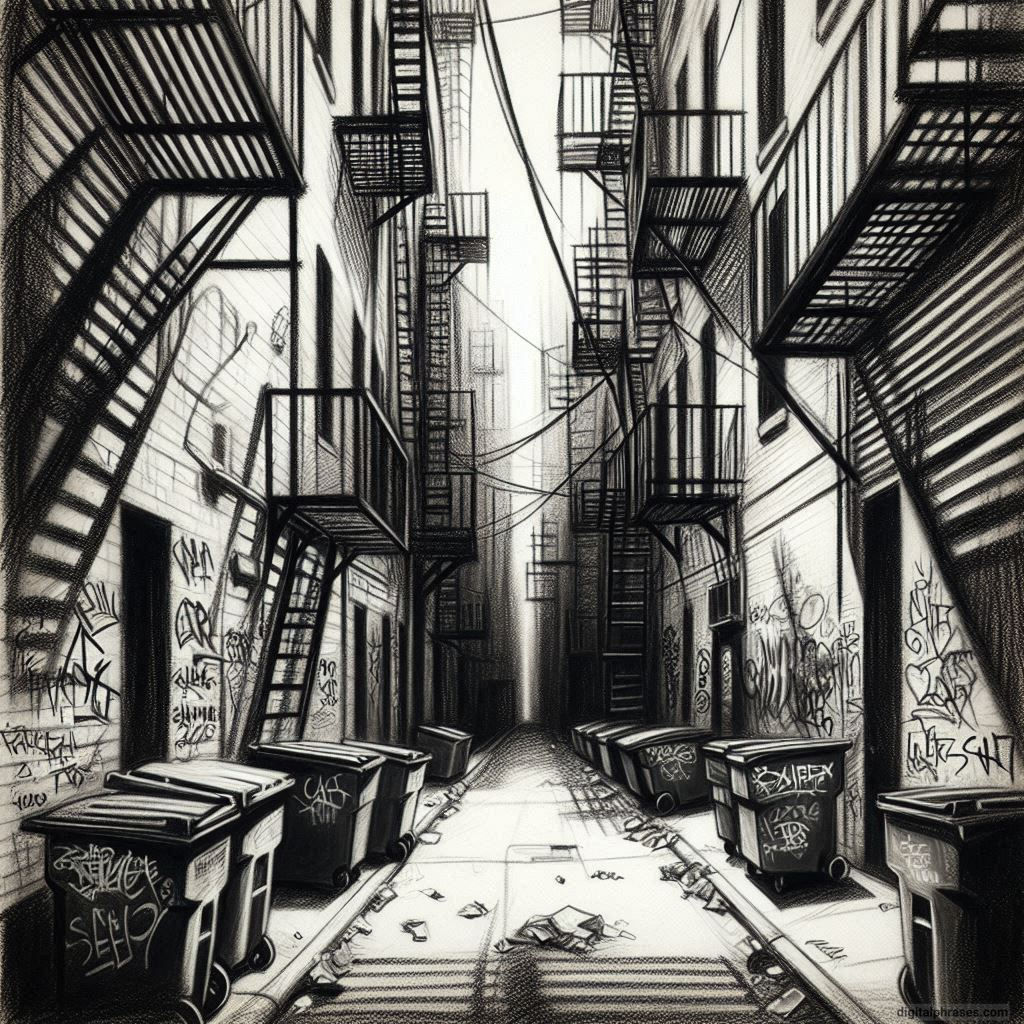
5
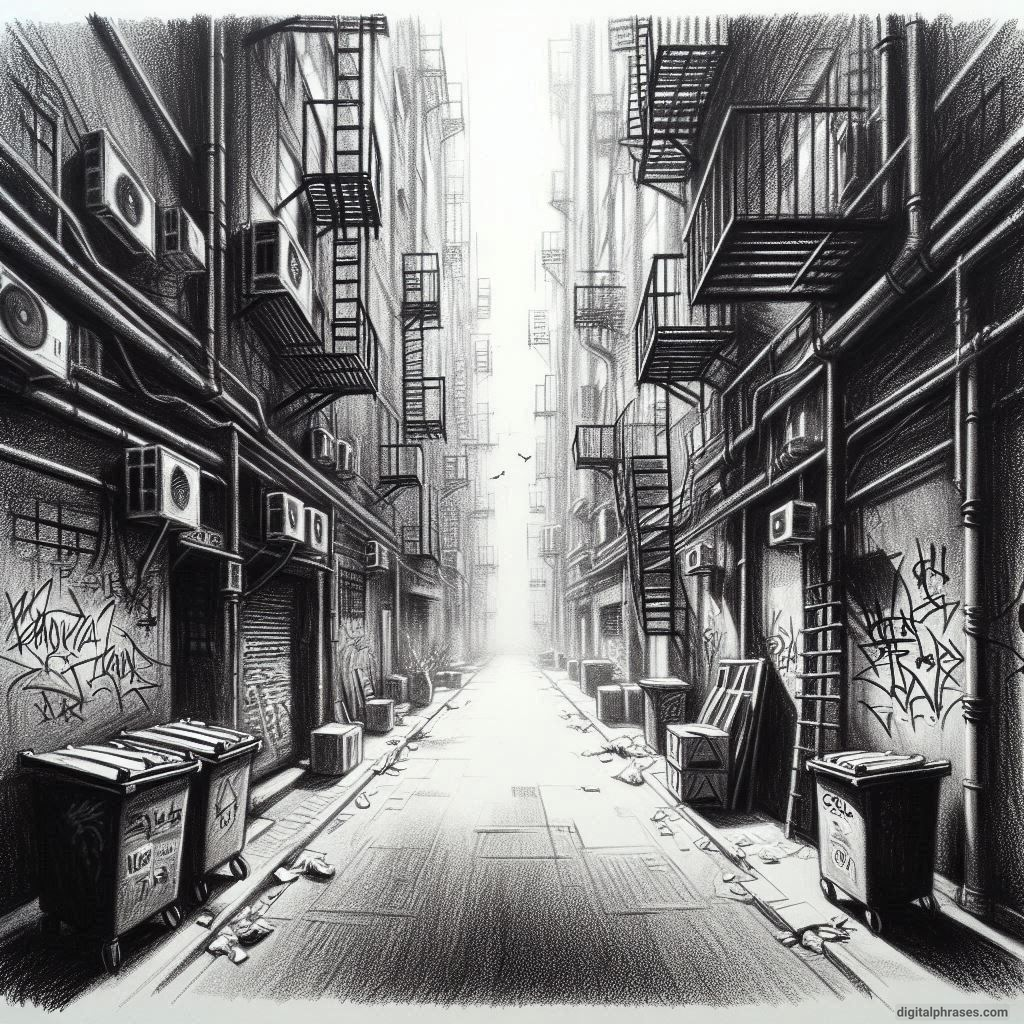
6
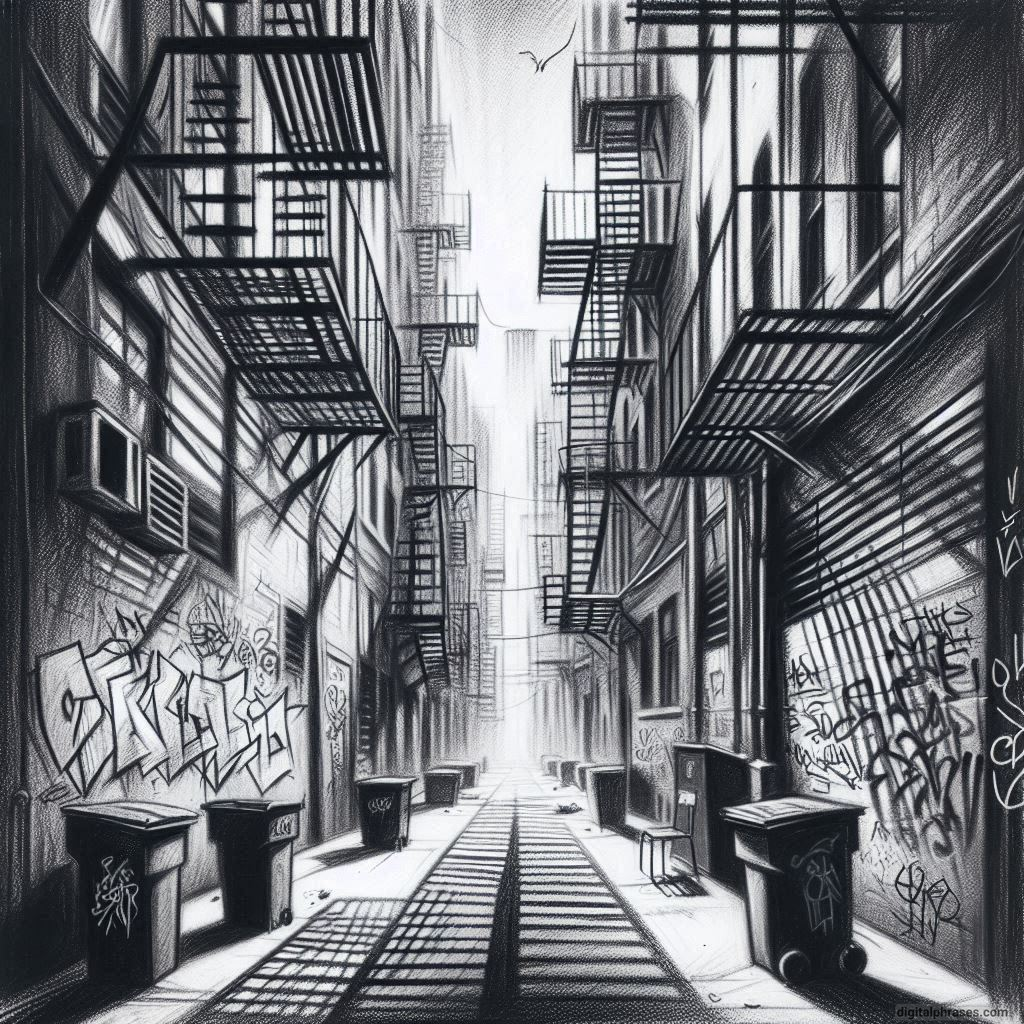
Library or Bookstore Interior
1
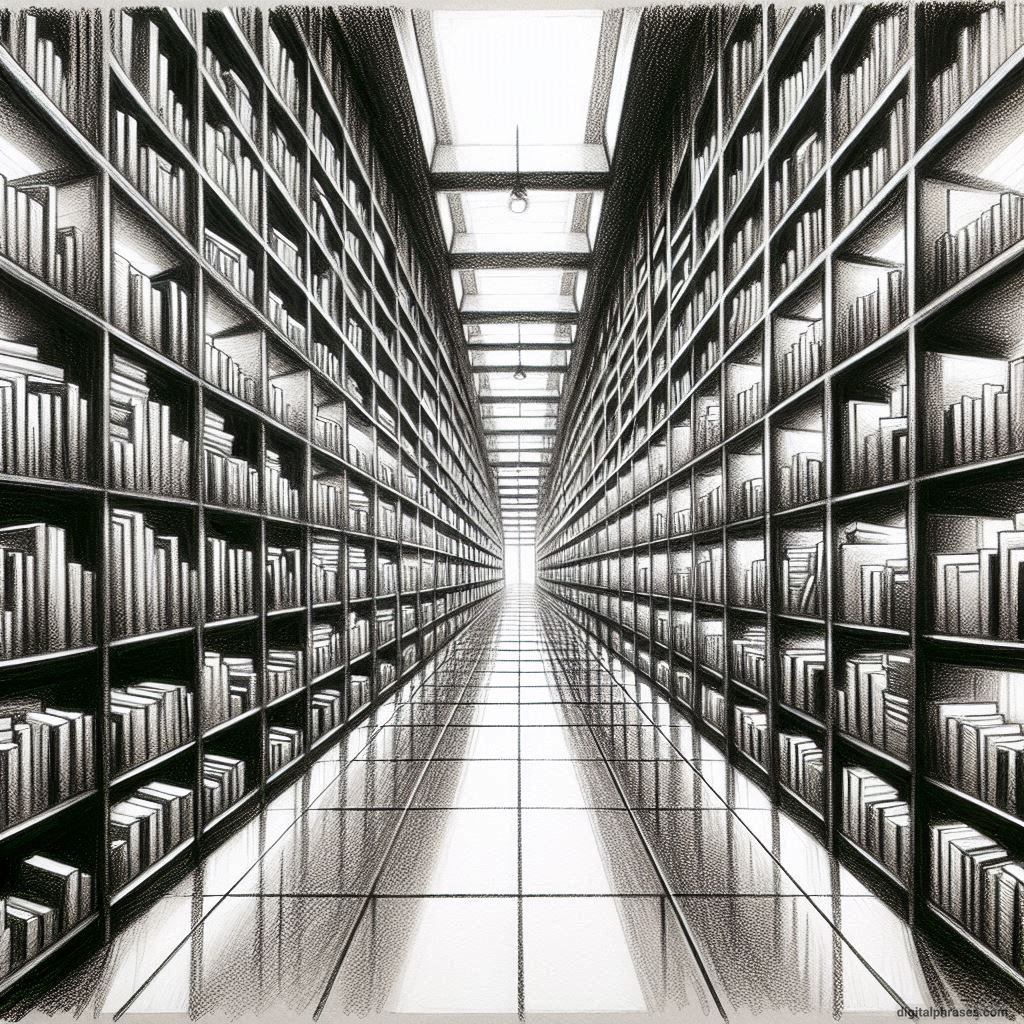
2

3
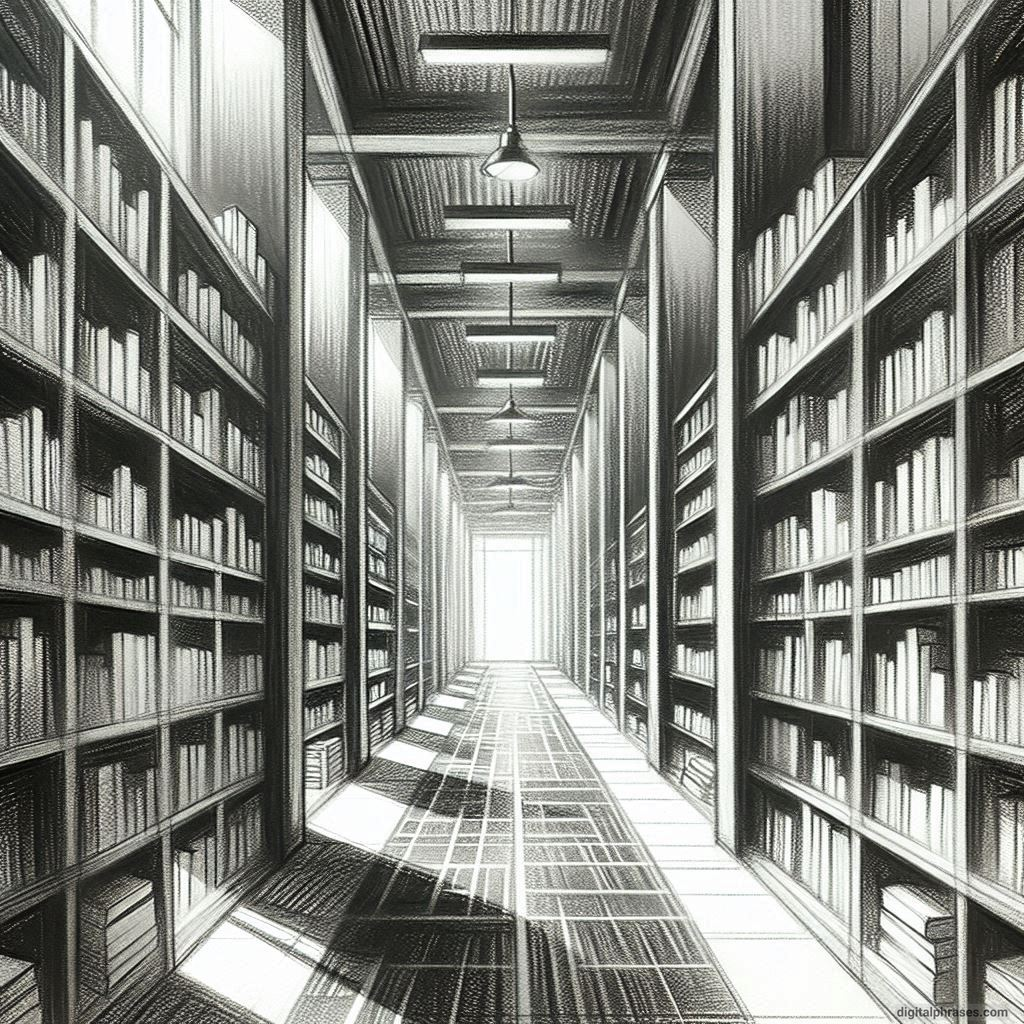
4
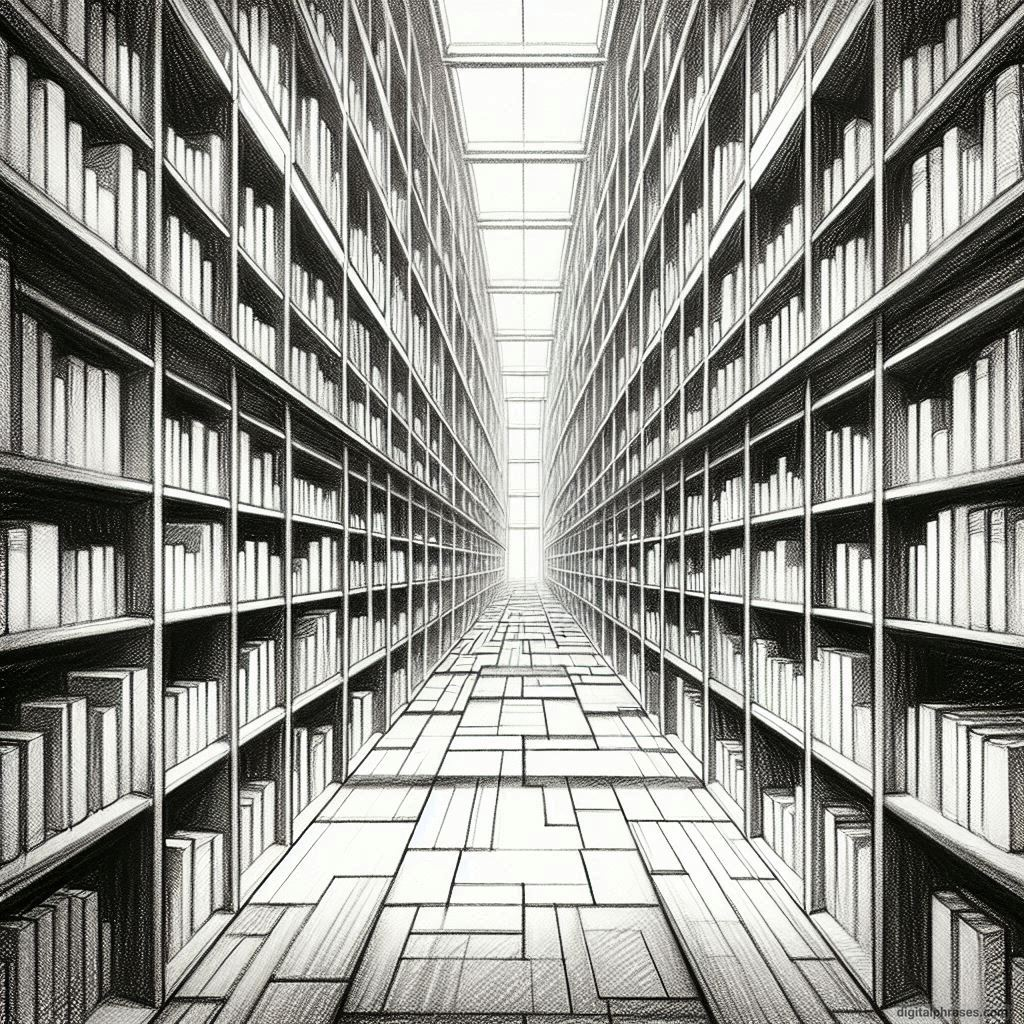
5
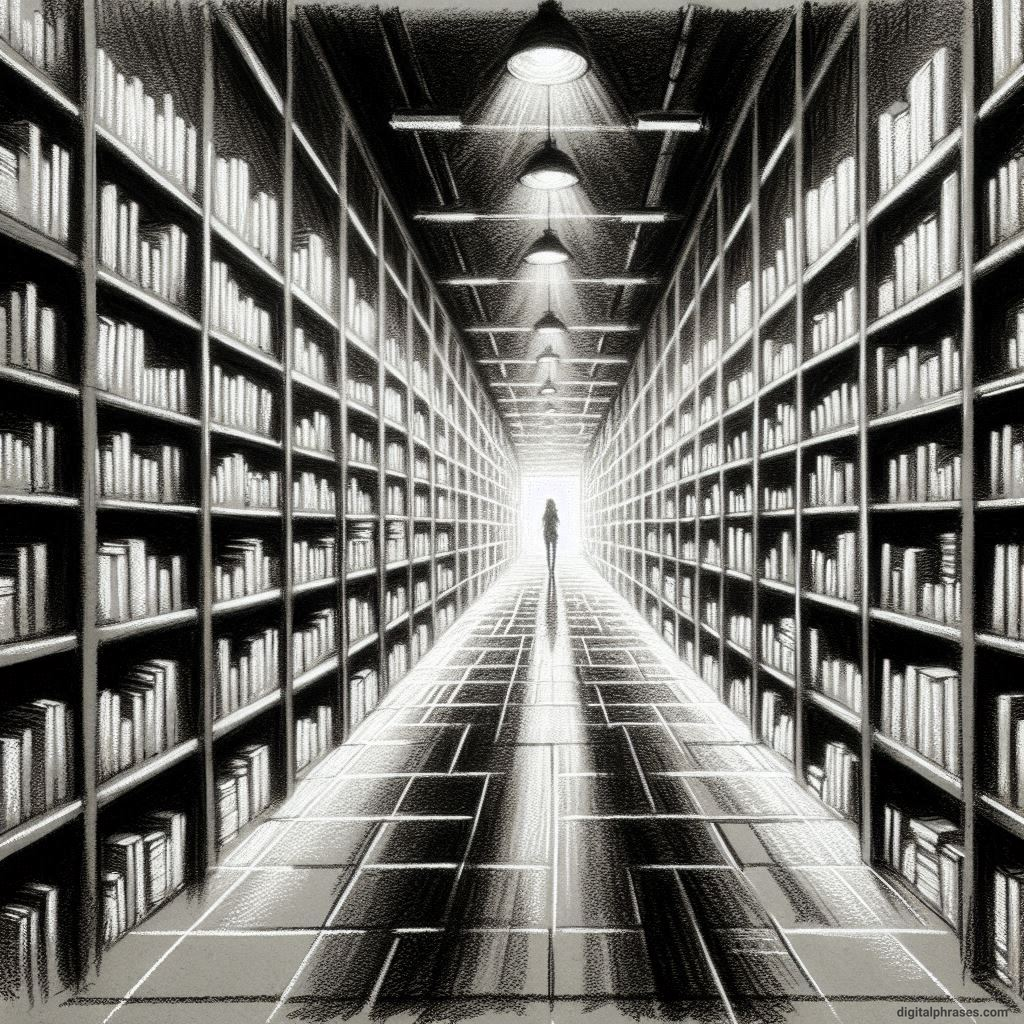
6
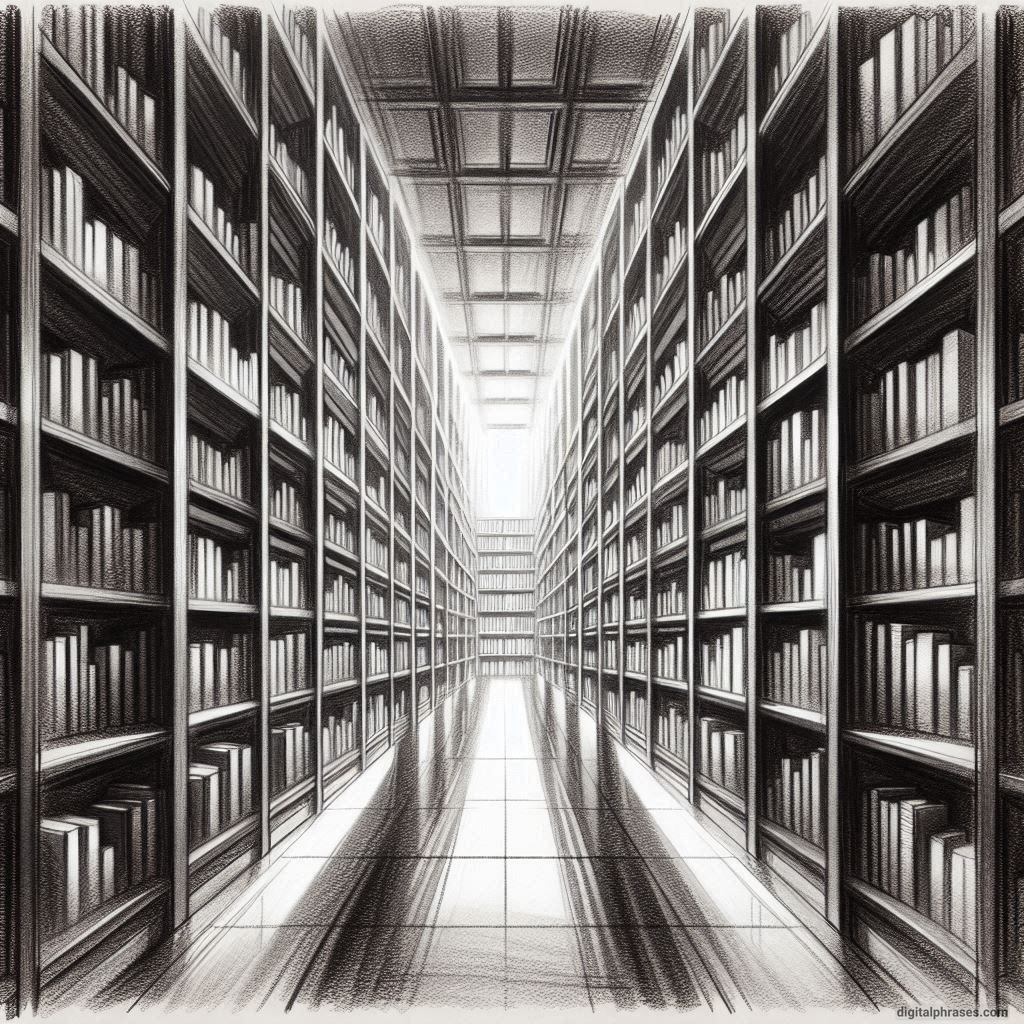
Subway Station
1
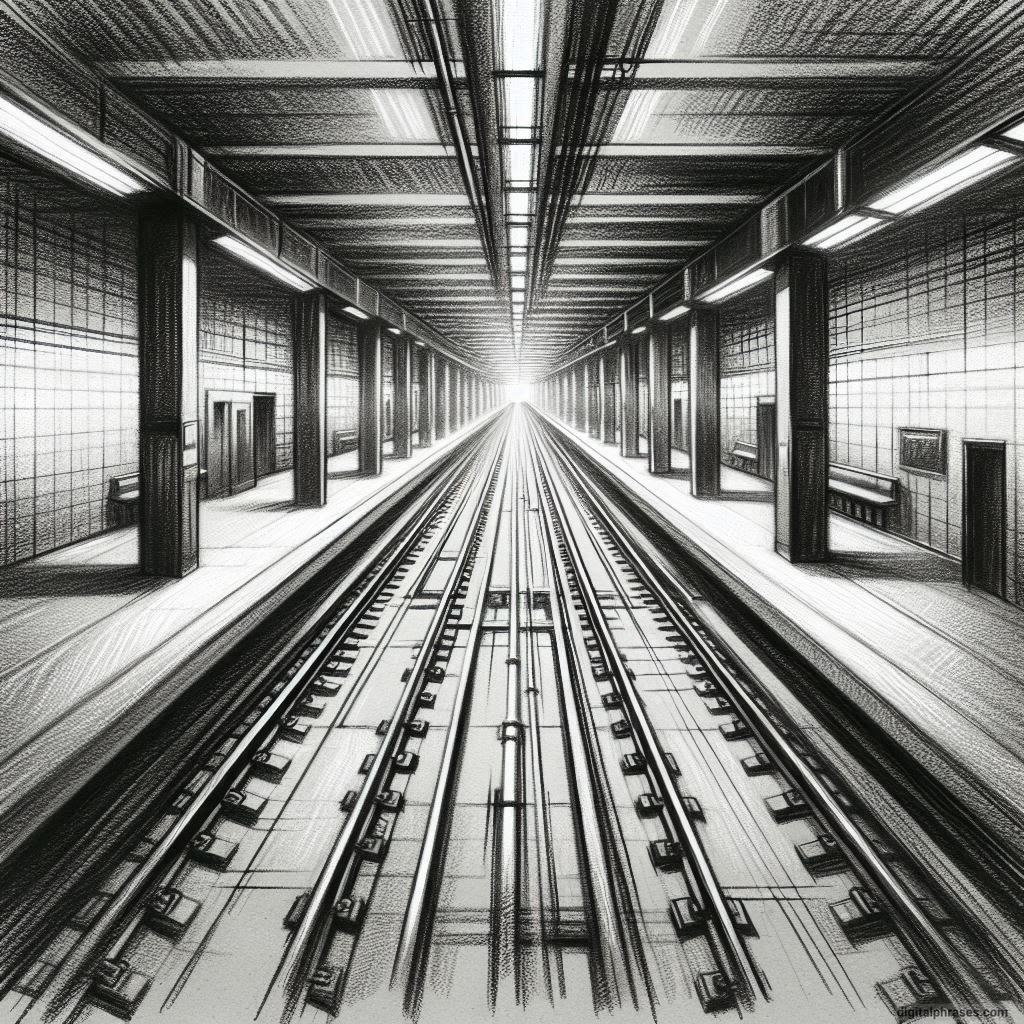
2
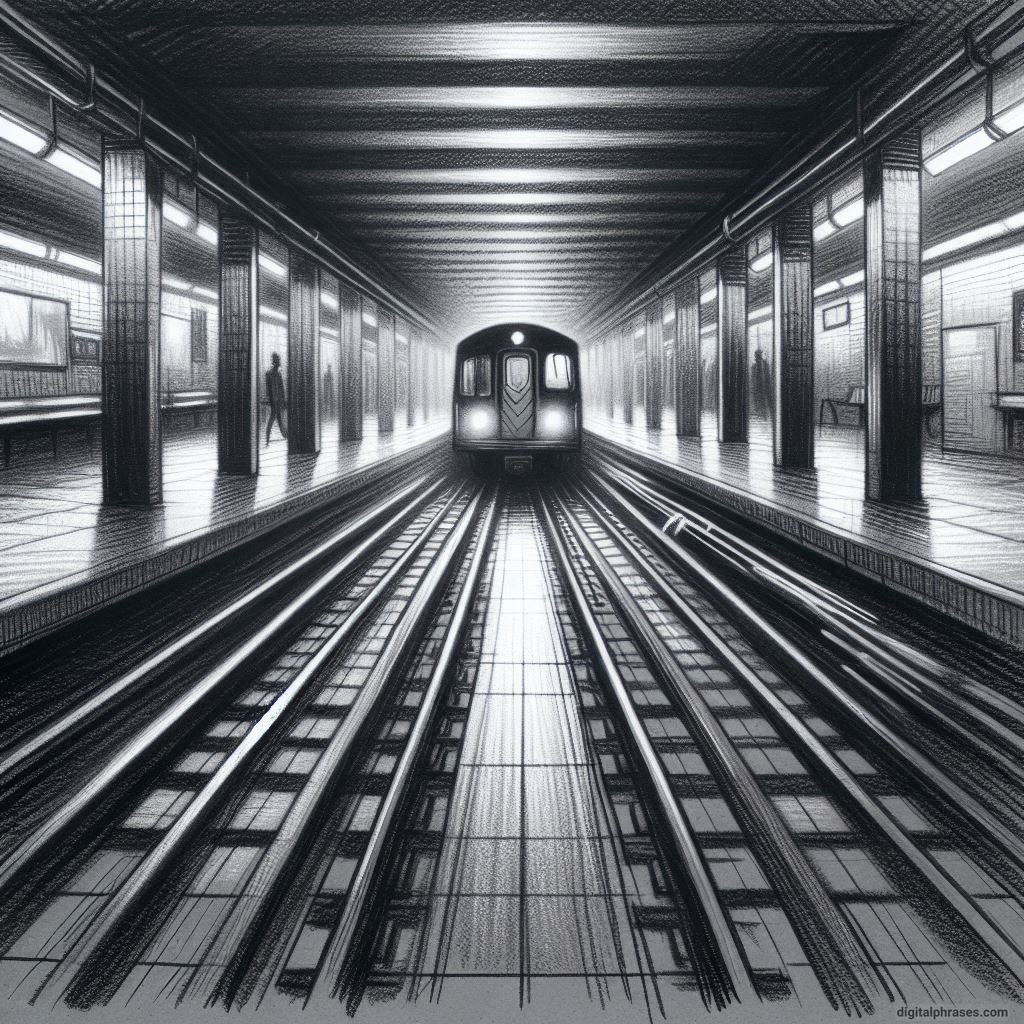
3

4
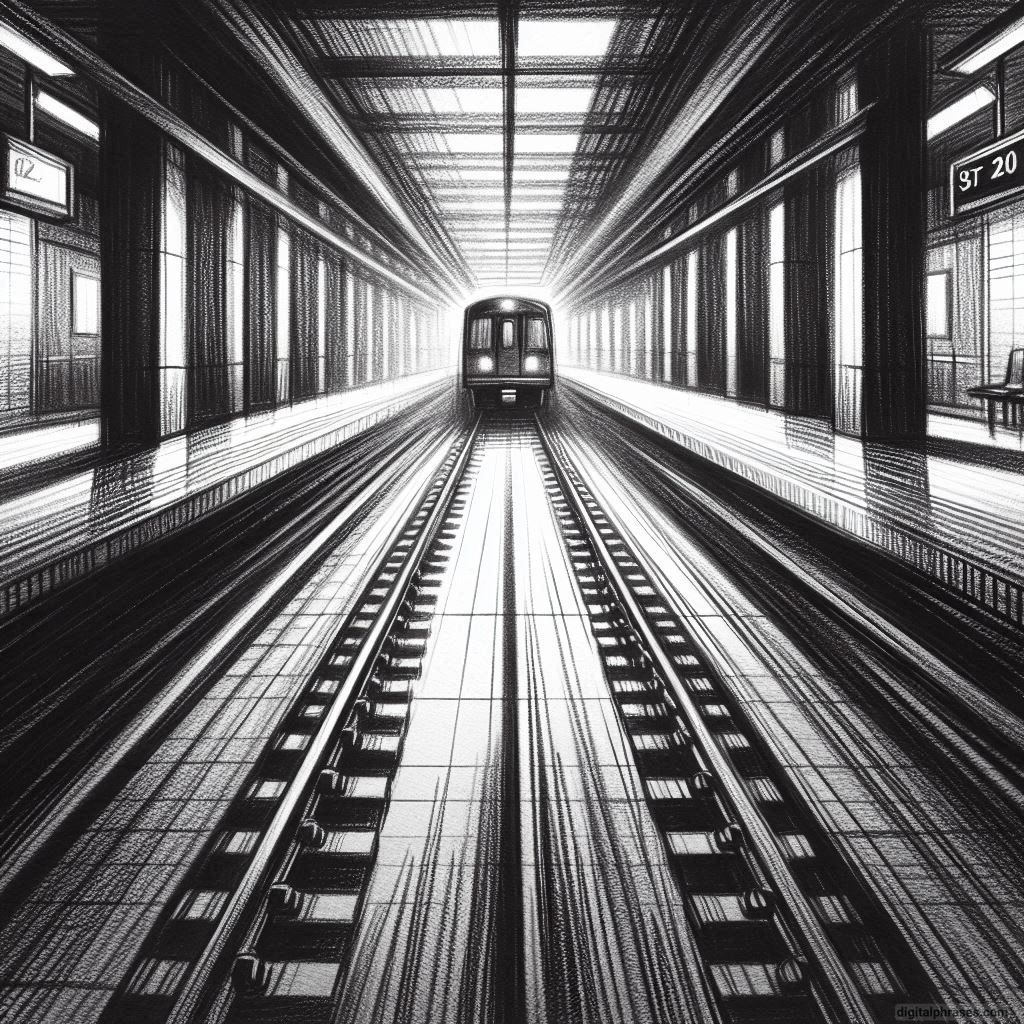
5
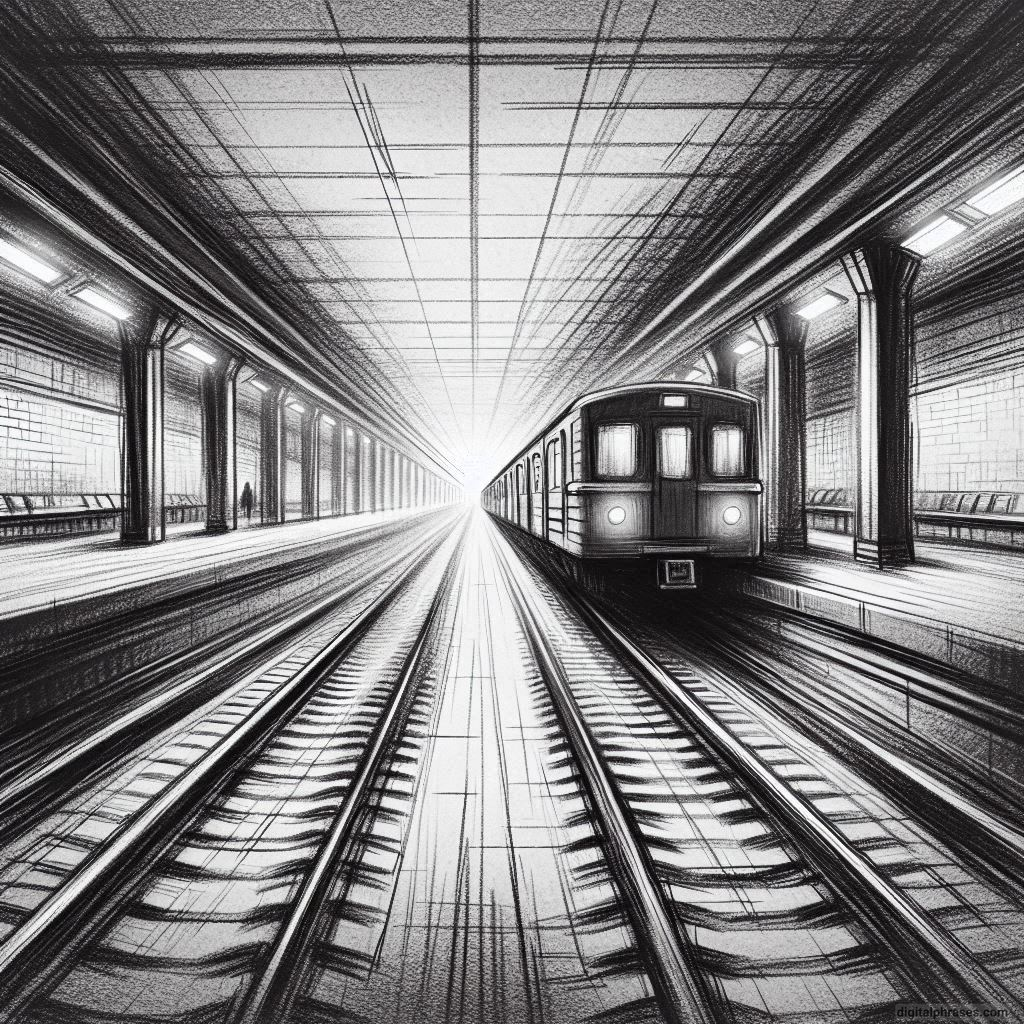
6
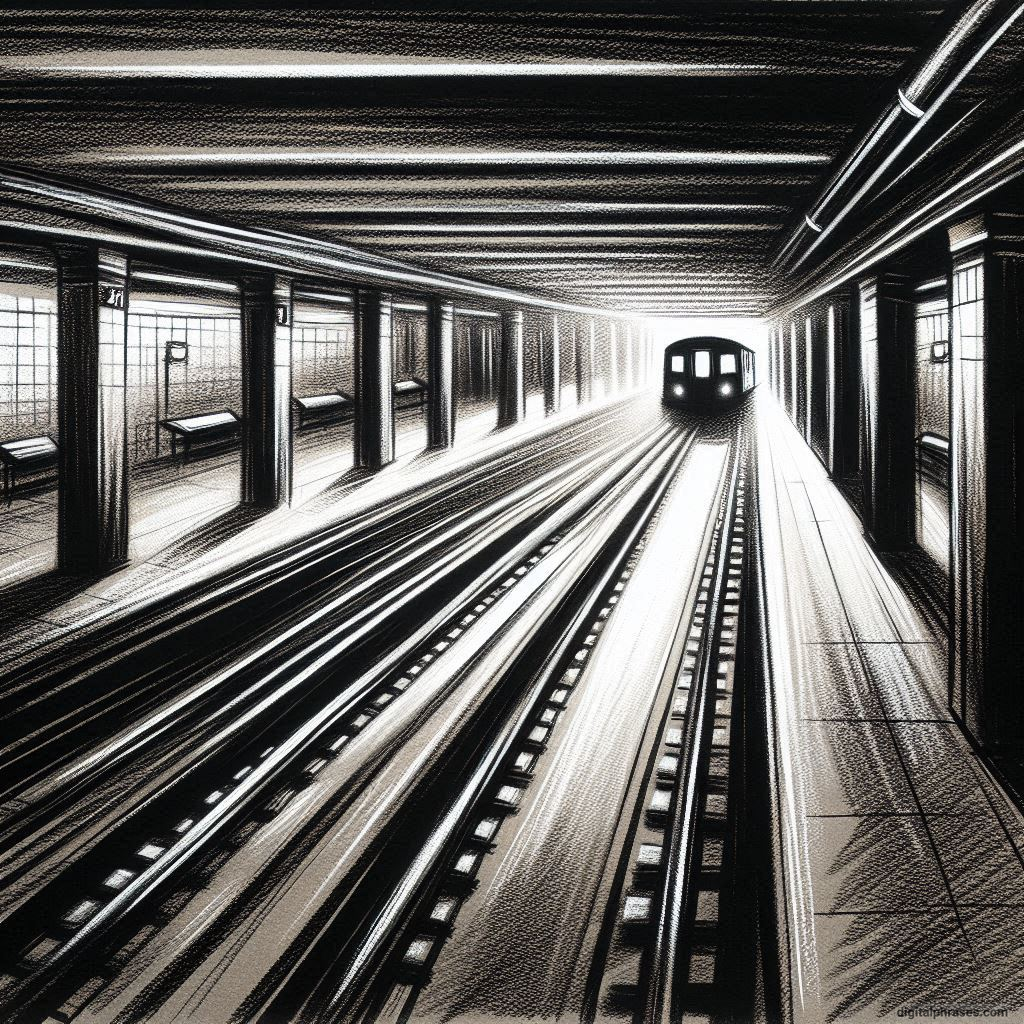
Historic Street with Archway
1
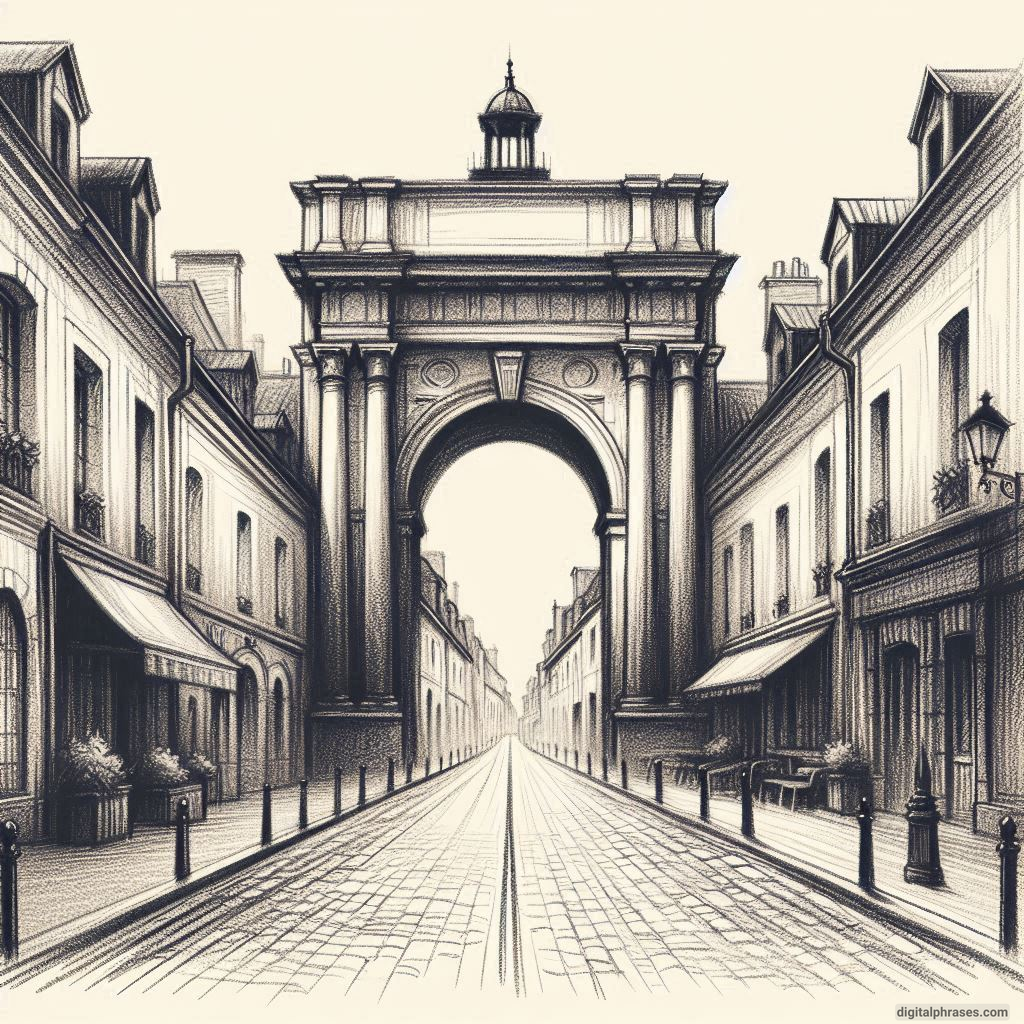
2
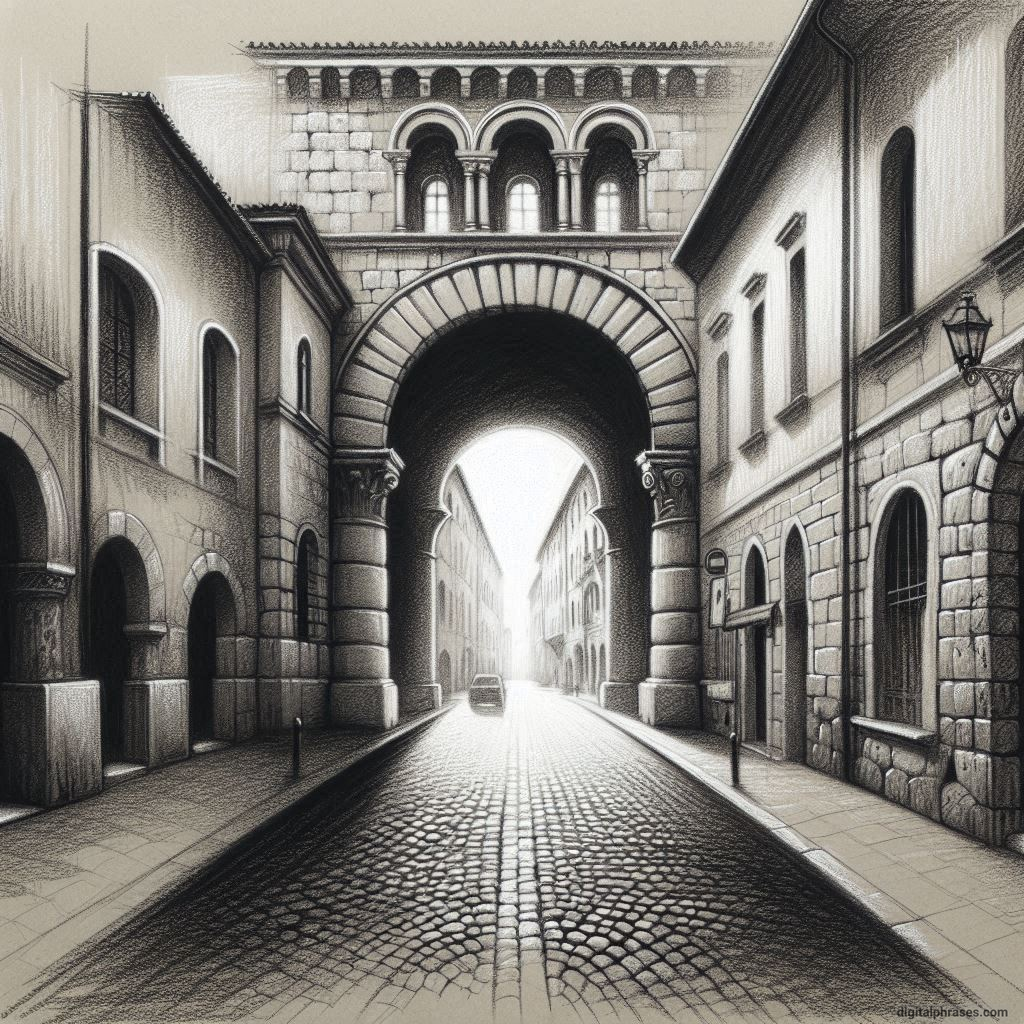
3
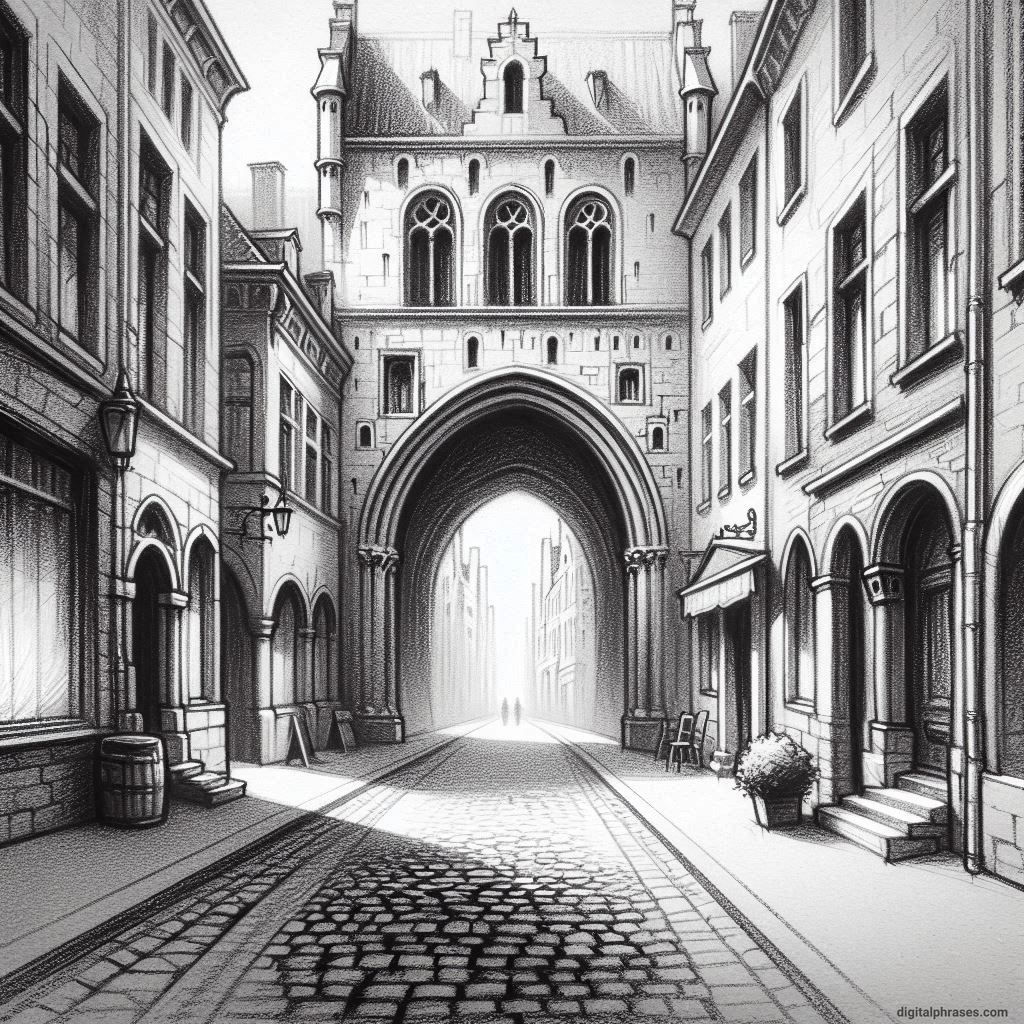
4
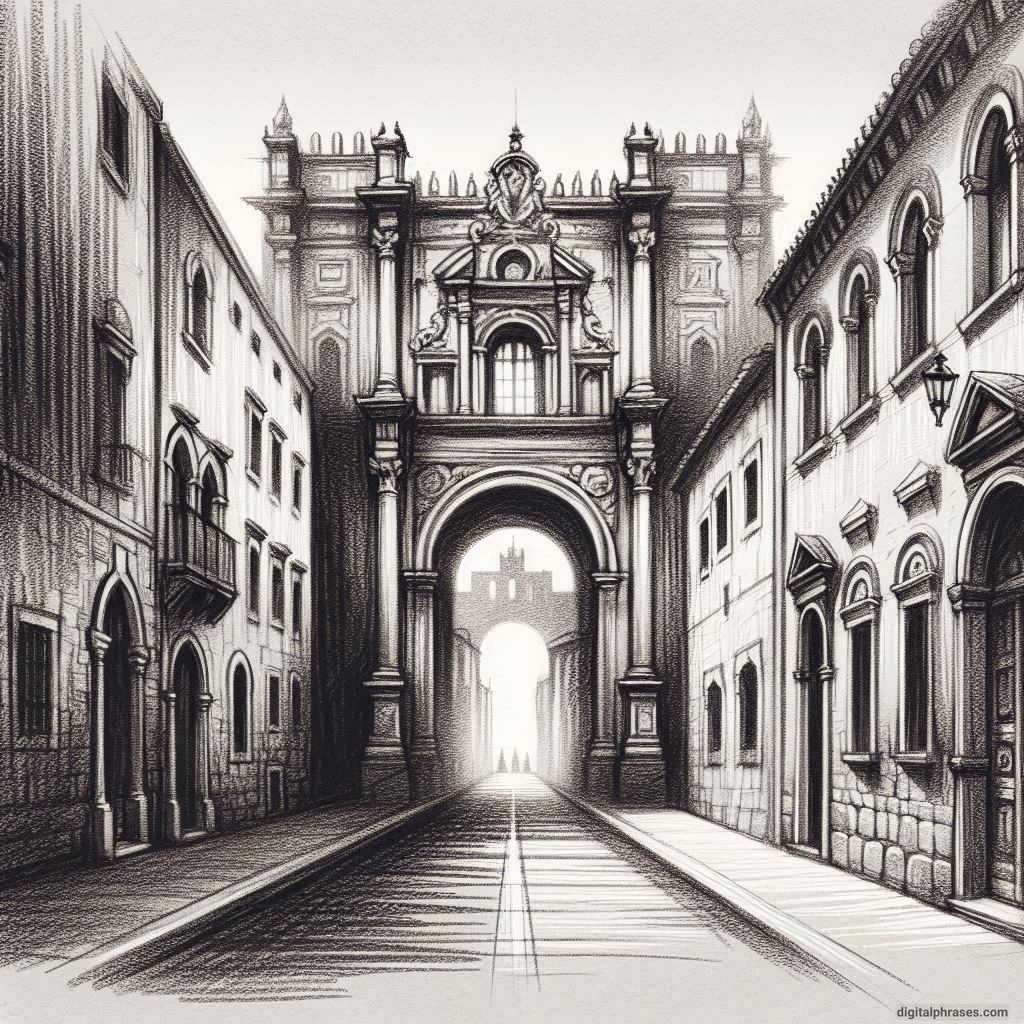
5
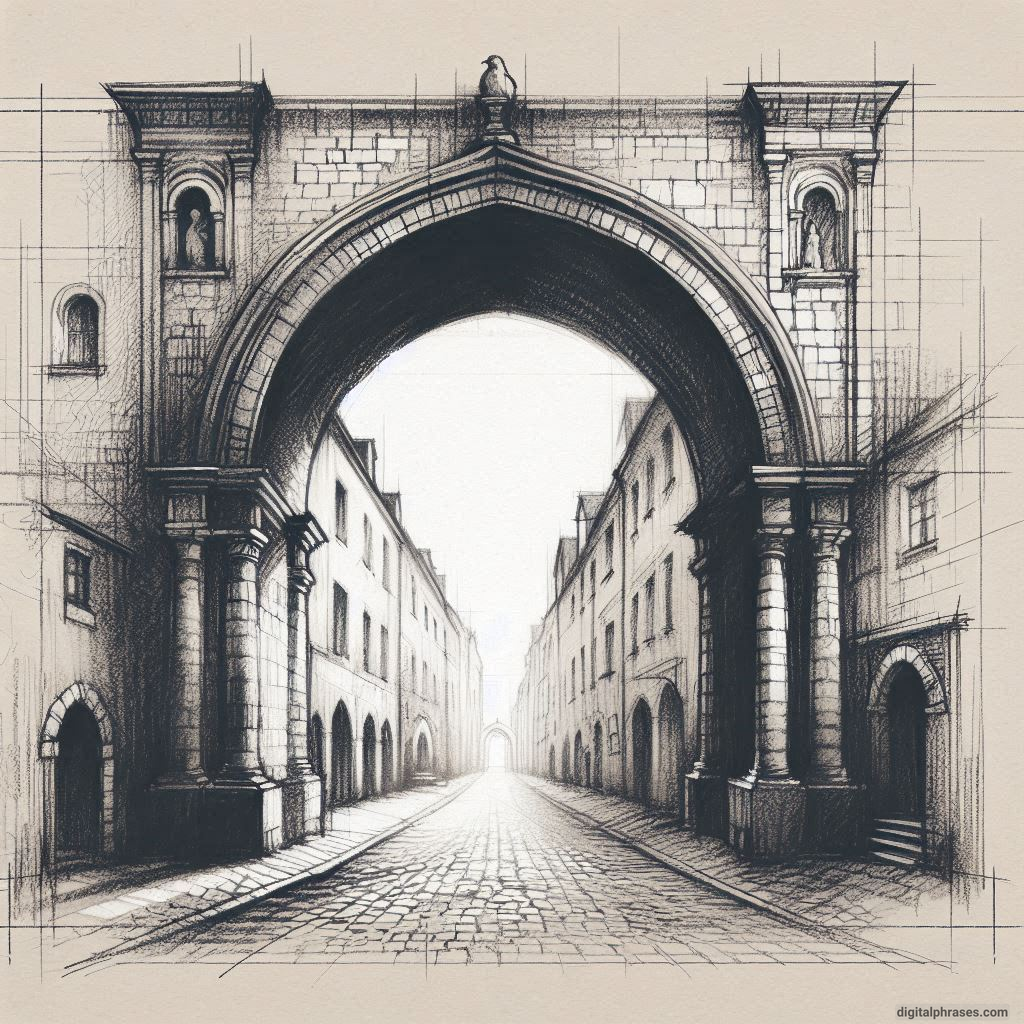
6
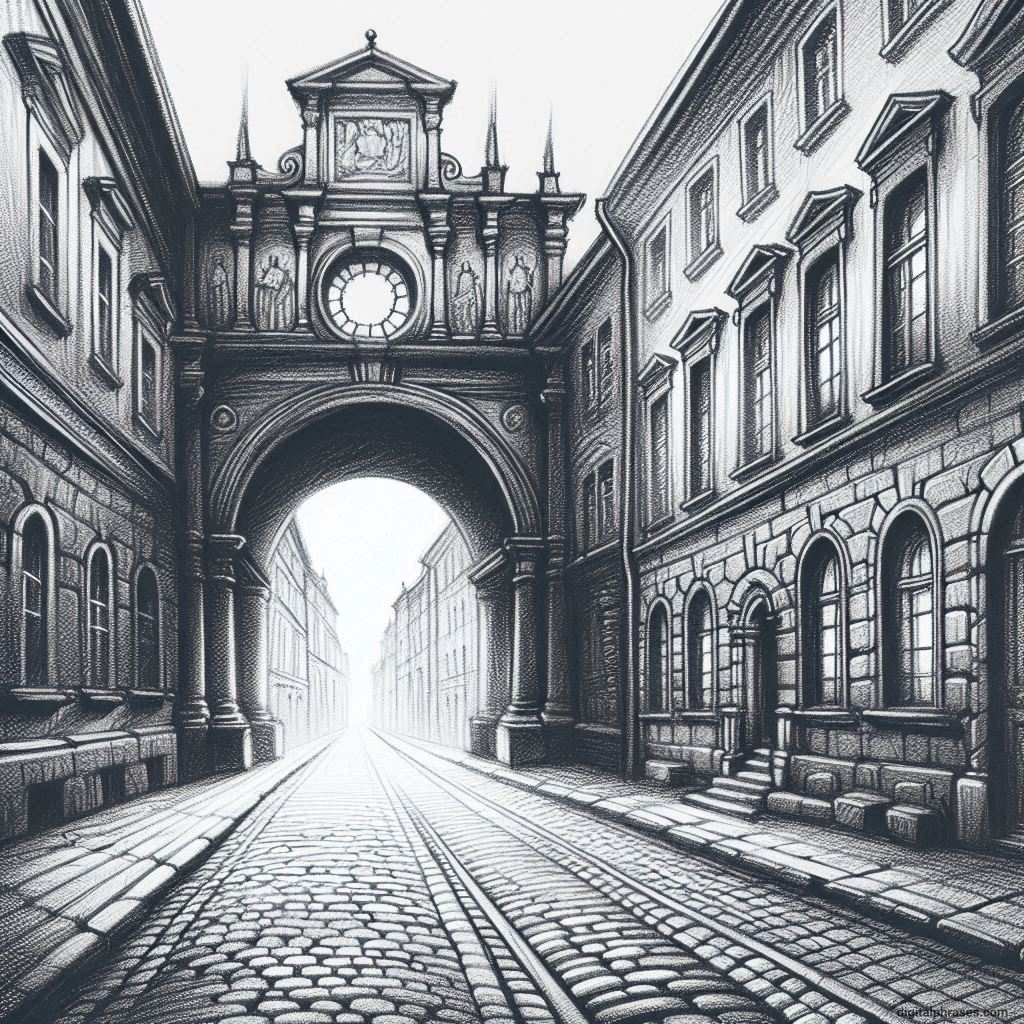
What is One Point Perspective Drawing?
One-point perspective drawing is a technique used in art and design to create the illusion of depth and three-dimensionality on a two-dimensional surface.
This method is based on the concept that parallel lines appear to converge as they recede into the distance, eventually meeting at a single point on the horizon line, known as the vanishing point.
Here’s a more detailed explanation of one-point perspective drawing:
Key Concepts of One-Point Perspective
- Horizon Line: This is a horizontal line that represents the viewer’s eye level. It is where the sky and ground appear to meet and is crucial in establishing the perspective.
- Vanishing Point: This is the single point on the horizon line where all the parallel lines that are receding into space converge. In one-point perspective, there is only one vanishing point.
- Orthogonal Lines: These are the diagonal lines that lead from the edges of objects back to the vanishing point. They help to create the illusion of depth and guide the viewer’s eye into the picture.
- Transversal Lines: These are the lines that run perpendicular to the orthogonal lines. They remain parallel to the picture plane and do not converge at the vanishing point. Transversal lines help to define the scale and proportion of the objects as they recede into space.
How to Create a One-Point Perspective Drawing
- Establish the Horizon Line: Start by drawing a horizontal line across your paper to represent the horizon.
- Choose a Vanishing Point: Select a point on the horizon line where all your orthogonal lines will converge.
- Draw Orthogonal Lines: From the vanishing point, draw diagonal lines that will represent the receding edges of objects.
- Add Transversal Lines: Draw lines perpendicular to the orthogonal lines to define the tops, bottoms, and sides of the objects.
- Complete the Drawing: Use the orthogonal and transversal lines to guide the construction of all objects in your scene. This will ensure they all fit correctly in the perspective and appear three-dimensional.
Applications
One-point perspective is commonly used for:
- Interior Spaces: Such as hallways, rooms, and corridors where the sides of the room converge towards a single point.
- Roads or Railways: Scenes where roads, railway tracks, or other linear features lead directly away from the viewer.
- Simple Objects: For practicing, you can start with cubes and boxes to understand the principles of perspective.
Benefits
- Realism: It provides a realistic portrayal of depth and space, making drawings appear more lifelike.
- Clarity: It simplifies complex scenes by organizing the spatial elements around a central point, helping viewers understand the spatial relationships.
Example
In art history, many Renaissance artists used one-point perspective to enhance the realism of their paintings. An example is Leonardo da Vinci’s “The Last Supper,” where the architectural elements of the room converge at a single point behind Jesus, creating a powerful focal point and enhancing the sense of depth.
Overall, mastering one-point perspective is a fundamental skill for artists and designers, providing a foundational understanding of how to depict three-dimensional space on a two-dimensional surface.
Things To Keep in Mind During One-Point Perspective Drawing
1. Understanding the Horizon Line and Vanishing Point
The horizon line and vanishing point are the foundation of one-point perspective. They serve as the guiding principles for creating the illusion of depth in your artwork.
Horizon Line
- Definition: The horizon line represents the viewer’s eye level. It is where the sky meets the ground in your drawing.
- Placement: Position the horizon line according to your viewpoint. A higher horizon line gives the impression of looking down, while a lower horizon line suggests looking up.
- Impact: The horizon line affects how the objects in your drawing relate to each other in terms of size and placement.
Vanishing Point
- Definition: The vanishing point is the point on the horizon line where parallel lines appear to converge as they recede into the distance.
- Placement: Typically located at the center of the horizon line, but can be placed off-center to create dynamic compositions.
- Role: All orthogonal lines (lines representing depth) should lead to the vanishing point, creating a cohesive sense of depth.
Practical Tips
- Practice Sketches: Start with simple sketches to experiment with different horizon line placements and vanishing points. This will help you understand how they influence the perspective and mood of your drawing.
- Perspective Grid: Use a perspective grid to guide your lines and ensure they align with the vanishing point. This can be especially helpful for complex compositions.
2. Utilizing Orthogonal and Transversal Lines
Orthogonal and transversal lines play a crucial role in creating the illusion of depth and proportion in one-point perspective drawings.
Orthogonal Lines
- Definition: Orthogonal lines are diagonal lines that recede toward the vanishing point, giving the impression of depth.
- Purpose: They guide the viewer’s eye into the scene and help define the spatial relationships between objects.
- Technique: Start with the edges of objects closest to the viewer and draw lines that lead back to the vanishing point. This establishes the depth and perspective.
Transversal Lines
- Definition: Transversal lines run perpendicular to the orthogonal lines and remain parallel to the picture plane.
- Purpose: They define the width and height of objects, maintaining their proportions as they recede into the distance.
- Technique: Use transversal lines to mark key points on orthogonal lines, ensuring that objects appear consistently proportioned as they recede.
Practical Tips
- Guidelines: Lightly sketch orthogonal and transversal lines as guidelines before adding details. This helps maintain accuracy in your perspective.
- Regular Practice: Practice drawing basic shapes like cubes and rectangles in one-point perspective to strengthen your understanding of how orthogonal and transversal lines interact.
3. Creating Depth and Dimension
Depth and dimension are central to the effectiveness of one-point perspective drawings. Achieving these elements requires careful attention to several techniques.
Overlapping Elements
- Technique: Overlap objects to create a sense of space and depth. Objects in front should partially obscure those behind them, enhancing the illusion of three-dimensionality.
- Example: In a street scene, a tree or lamppost in the foreground can overlap buildings in the background, adding depth and interest.
Varying Sizes
- Technique: Objects should decrease in size as they recede toward the vanishing point. This mimics the way our eyes perceive distance.
- Example: In a hallway, the tiles on the floor should get progressively smaller as they approach the vanishing point, enhancing the sense of depth.
Shading and Lighting
- Technique: Use shading and lighting to emphasize the three-dimensional form of objects. Light and shadow can create the illusion of volume and depth.
- Example: In a cityscape, shadows cast by buildings can add realism and depth to the scene.
Practical Tips
- Thumbnail Sketches: Create small thumbnail sketches to plan your composition and experiment with different arrangements of overlapping elements and varying sizes.
- Study Real-World Examples: Observe real-world scenes and photographs to understand how depth is naturally perceived and apply these observations to your drawings.
4. Balancing Symmetry and Asymmetry
One-point perspective naturally lends itself to symmetrical compositions, but incorporating asymmetry can add interest and dynamism to your drawings.
Symmetrical Compositions
- Technique: Symmetry creates a sense of balance and stability in your drawing. Use it to emphasize central elements or create a formal, organized composition.
- Example: A symmetrical drawing of a cathedral interior with the vanishing point centered on the altar creates a sense of grandeur and order.
Asymmetrical Compositions
- Technique: Asymmetry introduces movement and visual interest. Use it to create dynamic compositions that lead the viewer’s eye through the scene.
- Example: An asymmetrical street scene with the vanishing point slightly off-center can create a more engaging and dynamic composition.
Practical Tips
- Experimentation: Experiment with both symmetrical and asymmetrical compositions to find the balance that best suits your artistic vision and the mood you want to convey.
- Focal Points: Use asymmetry to direct attention to specific focal points within your drawing, such as a unique architectural feature or a dramatic play of light and shadow.
5. Adding Details and Refinements
Details and refinements bring your one-point perspective drawing to life, enhancing its realism and impact.
Consistency in Detail
- Technique: Maintain consistency in the level of detail throughout the drawing. Objects closer to the viewer should have more detail, while those farther away can be simplified.
- Example: In a landscape, individual leaves and textures are more detailed in the foreground, while trees in the distance are suggested with simpler shapes.
Texture and Pattern
- Technique: Use texture and pattern to add richness and variety to your drawing. These elements can enhance the sense of depth and realism.
- Example: In a cityscape, brick textures on buildings and intricate patterns on pavement can add interest and authenticity.
Color and Tone
- Technique: Experiment with color and tone to convey mood and atmosphere. Warm colors can bring objects forward, while cool colors can push them back.
- Example: In a sunset scene, warm hues in the foreground and cooler tones in the distance can create a sense of depth and tranquility.
Practical Tips
- Observation: Study real-world textures, patterns, and lighting conditions to inform your choices and enhance the realism of your drawings.
- Layering: Build your drawing in layers, starting with the basic perspective framework and gradually adding details, textures, and colors.
Mastering one-point perspective drawing is a valuable skill for any artist or designer. By keeping these key considerations in mind—understanding the horizon line and vanishing point, utilizing orthogonal and transversal lines, creating depth and dimension, balancing symmetry and asymmetry, and adding details and refinements—you can create compelling and realistic drawings that capture the viewer’s imagination.
Remember, practice is essential.
The more you experiment with one-point perspective, the more confident and skilled you will become in creating dynamic and immersive artwork.


